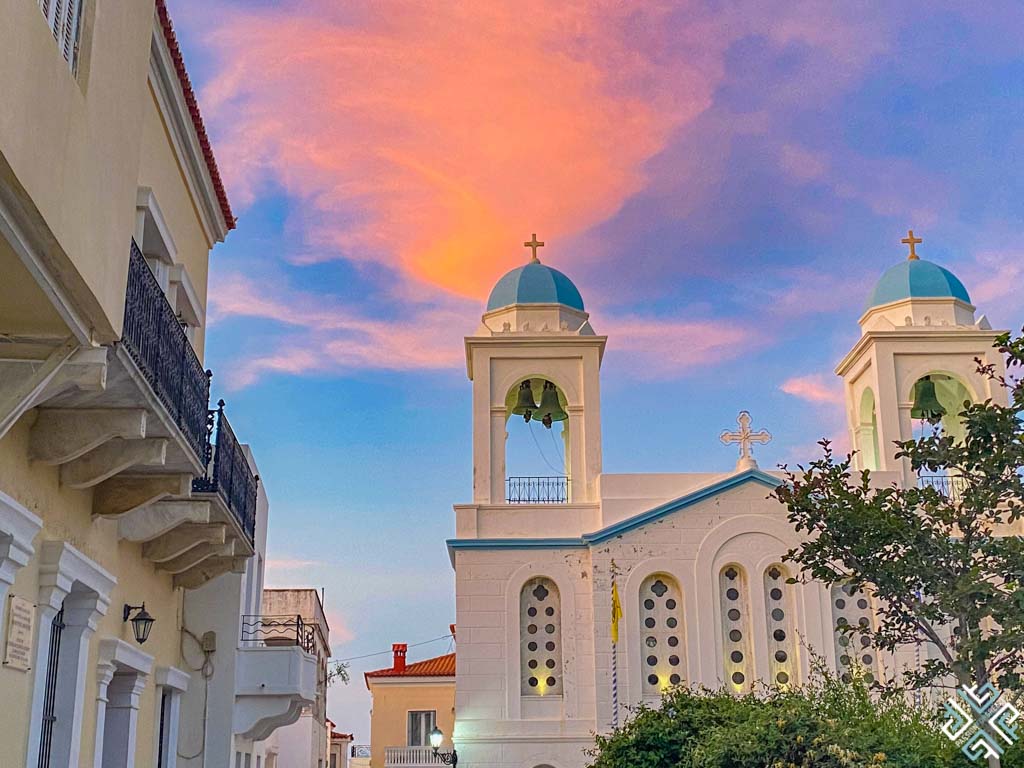Costa Rica is truly a paradise, brimming with diverse ecosystems, stunning landscapes, and vibrant culture. Its “Pura Vida” lifestyle guarantees an unforgettable adventure. This 10-day itinerary is crafted to showcase the best of Costa Rica, from lush rainforests and pristine beaches to bustling cities and serene mountains. Starting at the Sixaola Border, it offers a seamless journey that combines the allure of two countries—Panama and Costa Rica—following a visit to Bocas Del Toro. Here’s how you can explore this beautiful country.
A Brief History of Costa Rica
Costa Rica, meaning “Rich Coast,” was named by Spanish explorers who were struck by the region’s natural beauty and the gold adornments worn by the indigenous people. Before the arrival of Europeans, Costa Rica was inhabited by various indigenous groups, including the Chorotega in the northwest and the Bribri and Cabécar in the Caribbean region. These groups engaged in agriculture, pottery, and metalwork.
In 1502, Christopher Columbus arrived on the Caribbean coast of Costa Rica during his fourth voyage. Spanish colonization began in the 1560s, but the region was sparsely settled due to its challenging geography and lack of mineral wealth. The indigenous population significantly declined due to diseases and conquest. During the colonial era, Costa Rica was part of the Captaincy General of Guatemala under Spanish rule. It remained a relatively poor and isolated province, with an economy based on subsistence agriculture and small-scale farming.
Costa Rica, along with the rest of Central America, declared independence from Spain on September 15, 1821. Initially part of the Mexican Empire and later the United Provinces of Central America, Costa Rica became fully independent in 1838. During the 19th and 20th centuries, Costa Rica developed a stable democracy, contrasting with the political instability of its neighbors. The country abolished its military in 1949, following a brief civil war, and redirected resources towards education, health, and infrastructure. This decision has contributed to its reputation as one of the most peaceful and progressive nations in Latin America.
Today, Costa Rica is known for its strong commitment to environmental conservation and ecotourism. It has preserved a significant portion of its land as national parks and protected areas, making it a global leader in sustainability. Costa Rica’s history is marked by its peaceful development, democratic stability, and environmental stewardship, shaping it into the vibrant and diverse nation it is today.
Day 1: Arrival at Puerto Viejo de Talamanca
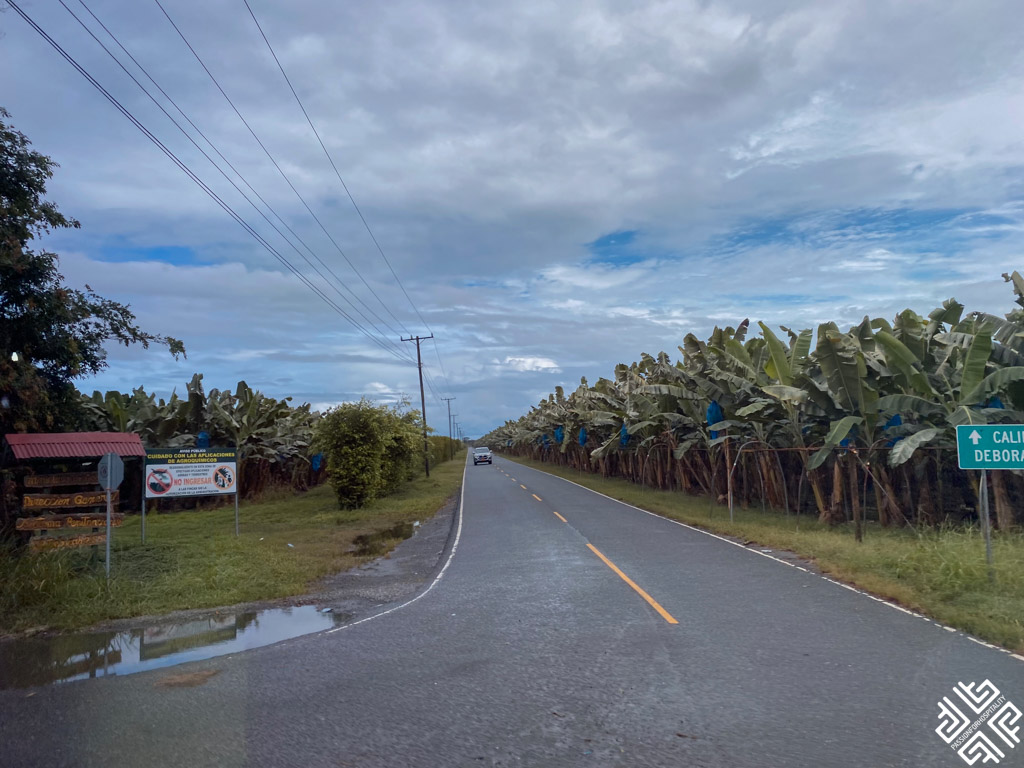
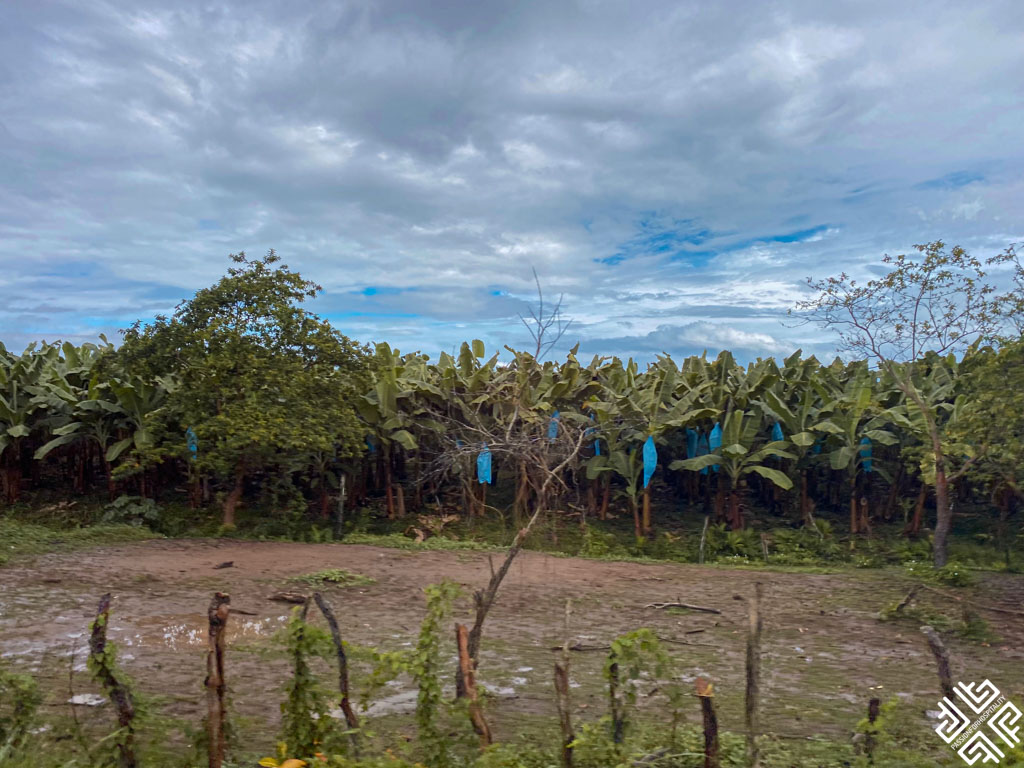
Our adventure began in the morning as we took a water taxi from Bocas del Toro and then a bus ride to the Sixaola Border crossing on foot into Costa Rica. We then headed to Puerto Viejo de Talamanca, a charming town known for its Afro-Caribbean culture and beautiful beaches. After we checked into the luxurious Le Cameleon Boutique Hotel, set amidst lush greenery, we spent the afternoon relaxing by the beach, exploring the vibrant town, and also enjoyed a relaxing massage. You can also travel directly from Puerto Viejo to San Jose with this shuttle service.
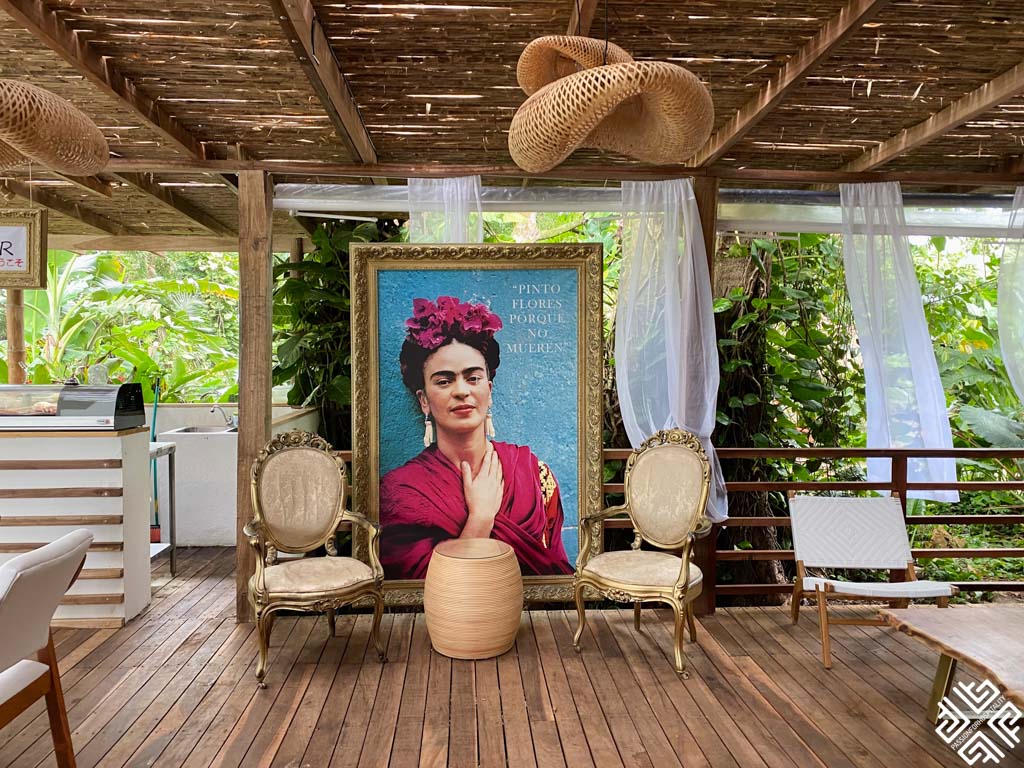
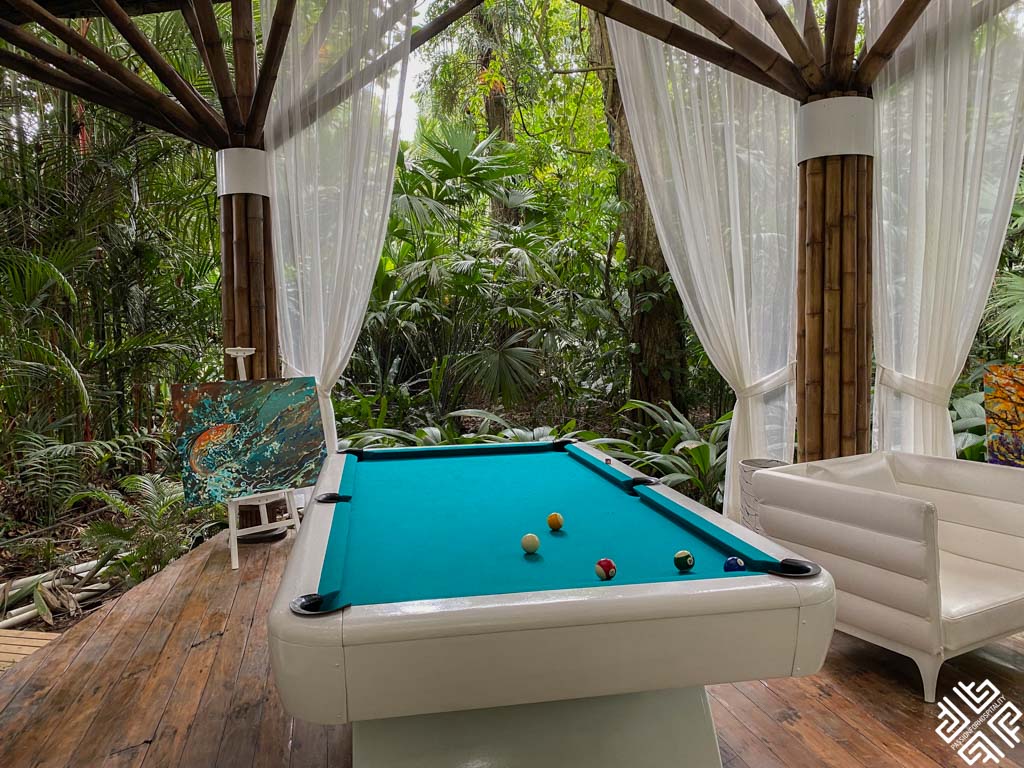

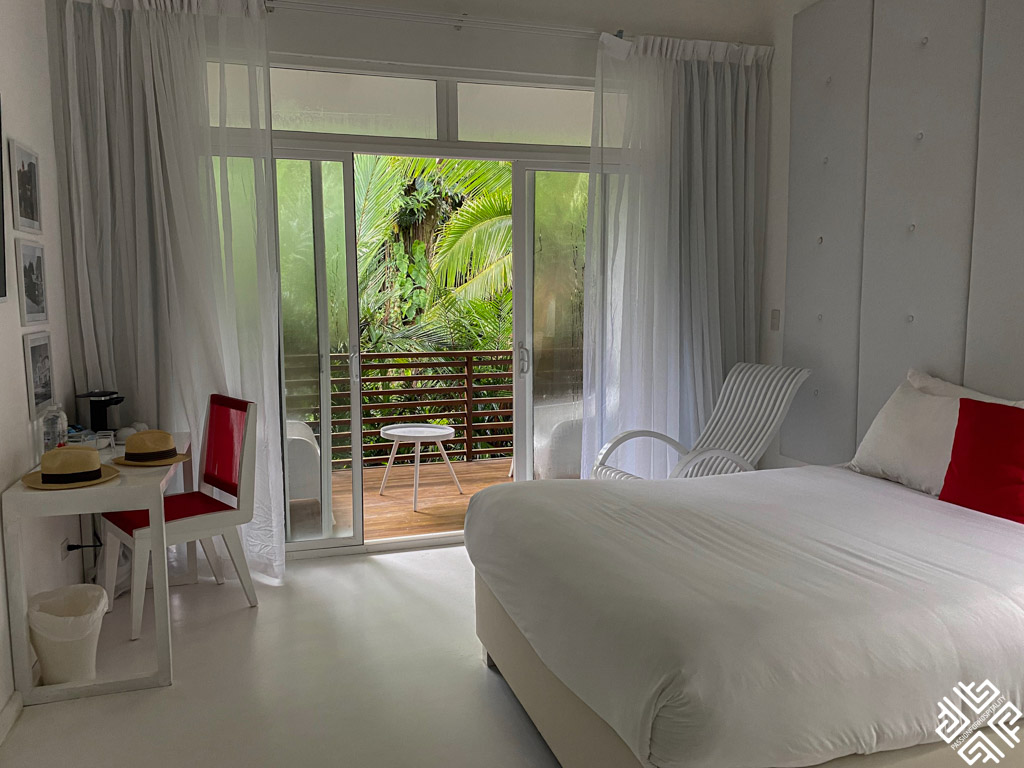
Stay: Le Cameleon Boutique Hotel is a luxurious retreat nestled in the lush tropical landscape of Puerto Viejo de Talamanca, offering stylish accommodations with a contemporary design and vibrant Caribbean flair. The highlights of this resort are the serene atmosphere, proximity to stunning beaches, and exceptional amenities including a gourmet restaurant and an outdoor pool.
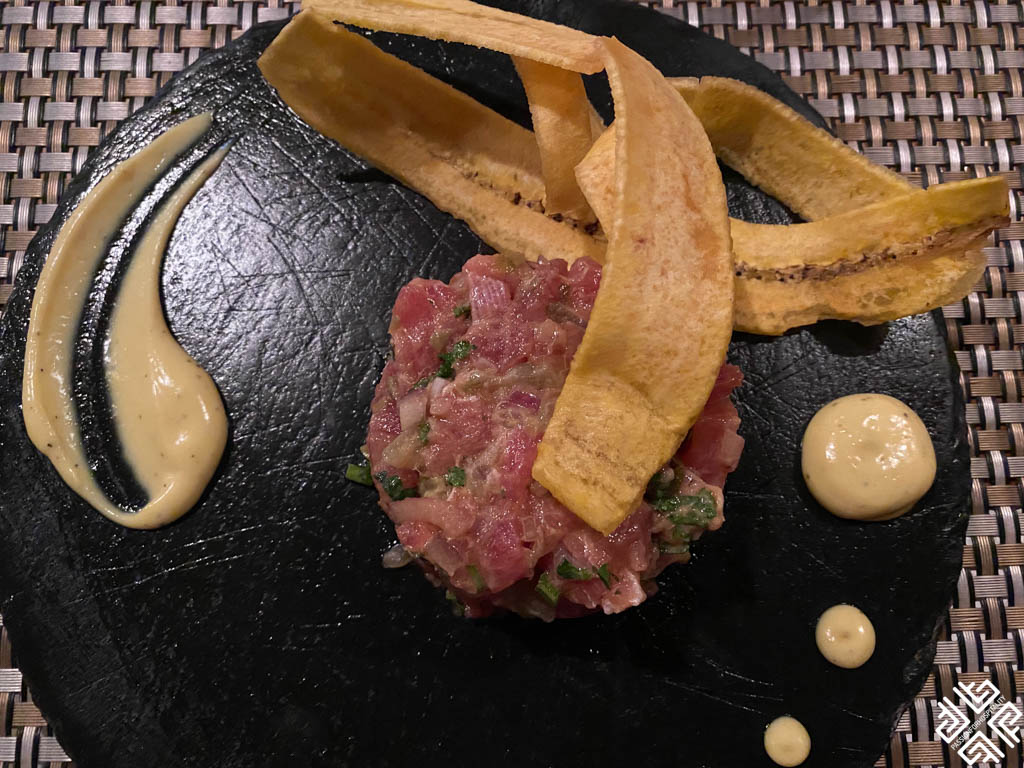
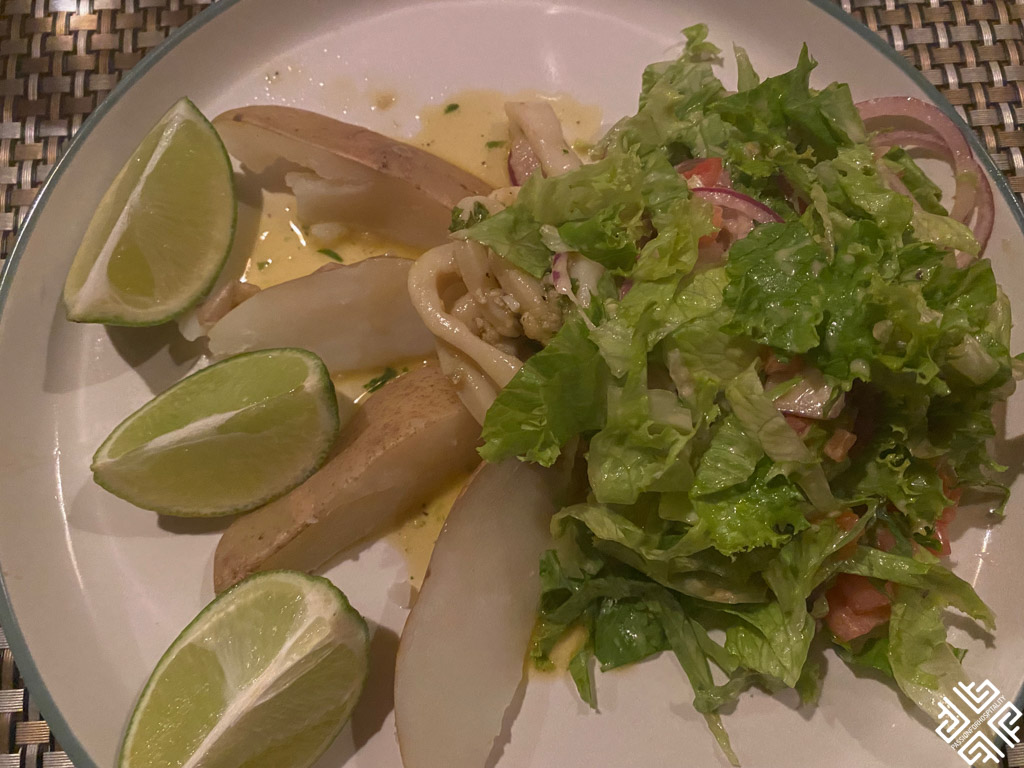
Highlights of Puerto Viejo de Talamanca:
Beach Relaxation: Puerto Viejo de Talamanca is renowned for its stunning beaches, such as Playa Cocles and Playa Chiquita. Spend the afternoon soaking up the sun, swimming in the turquoise waters, and exploring the coral reefs.
Afro-Caribbean Culture: The town boasts a vibrant Afro-Caribbean culture. Wander through the streets to experience the lively atmosphere, colorful buildings, and reggae music that fills the air.
Local Cuisine: Don’t miss out on trying local dishes like rice and beans with coconut milk, and fresh seafood at a beachside restaurant.
Day 2-3: Discovering Tortuguero
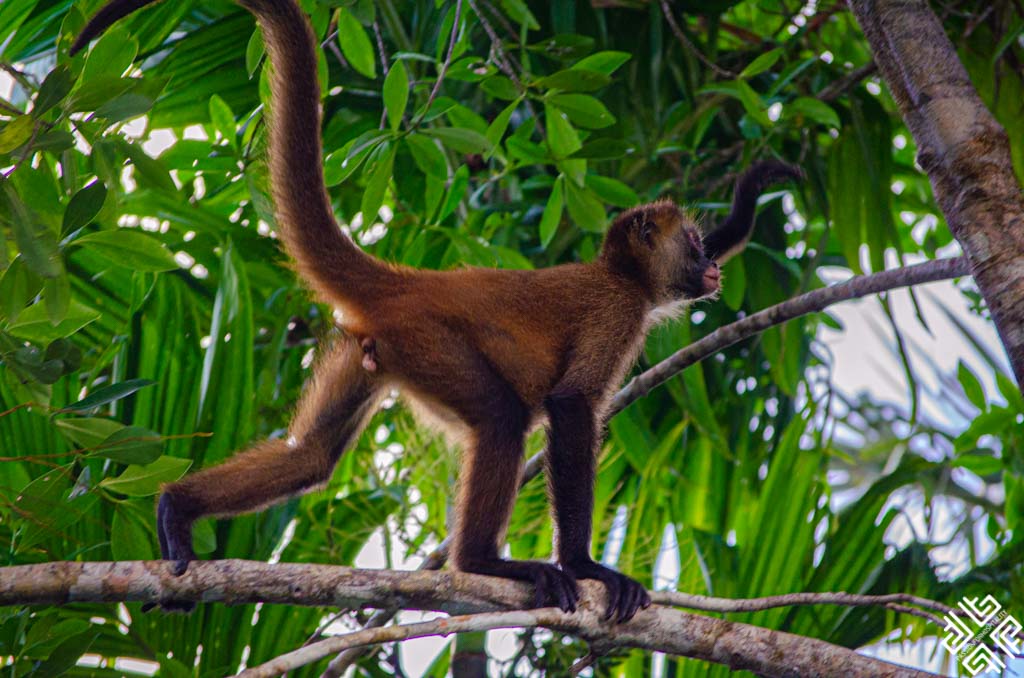
The following morning we had an early departure for Tortuguero. Tortuguero is approximately 260 kilometers (about 160 miles) from Puerto Viejo de Talamanca. The journey typically involves a combination of driving and boat travel, taking around 5 to 7 hours depending on the specific route and transportation options chosen. You can visit Tortuguero from other parts of Costa Rica depending on which itinerary route you will take. Also check out my post on 7 Reasons to Visit Tortuguero National Park.
Stay: Pachira Lodge offers an immersive rainforest experience in Tortuguero, surrounded by lush vegetation and scenic canals. Guests enjoy comfortable accommodations, guided wildlife tours, and easy access to Tortuguero National Park and its unique ecosystems.
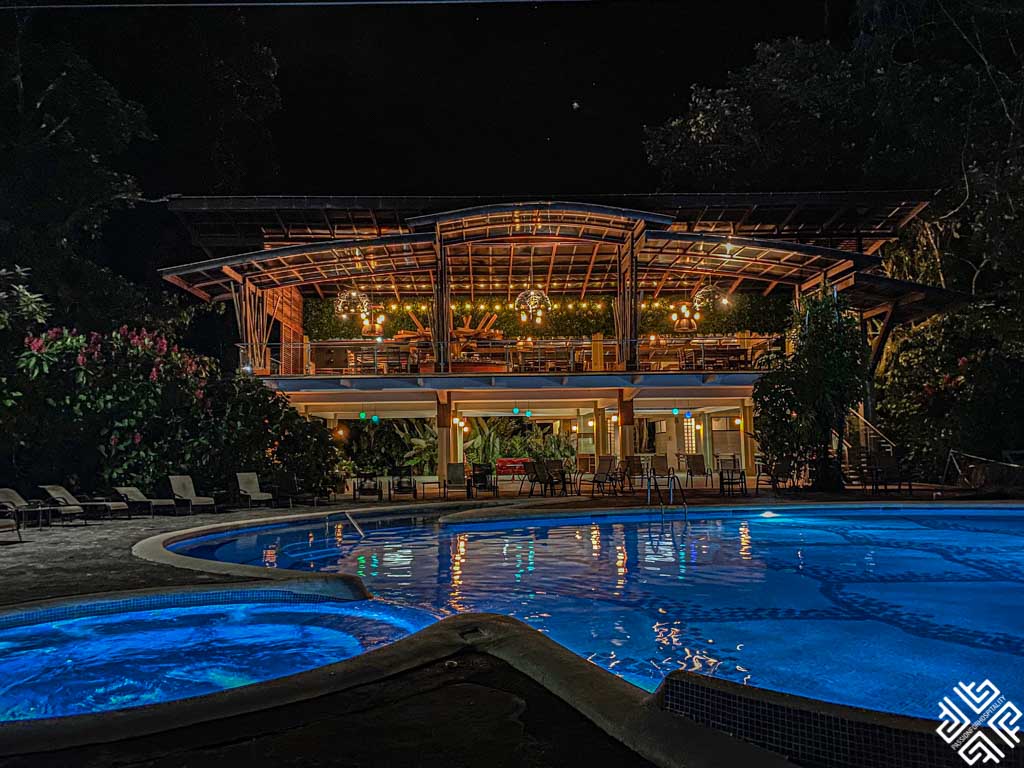
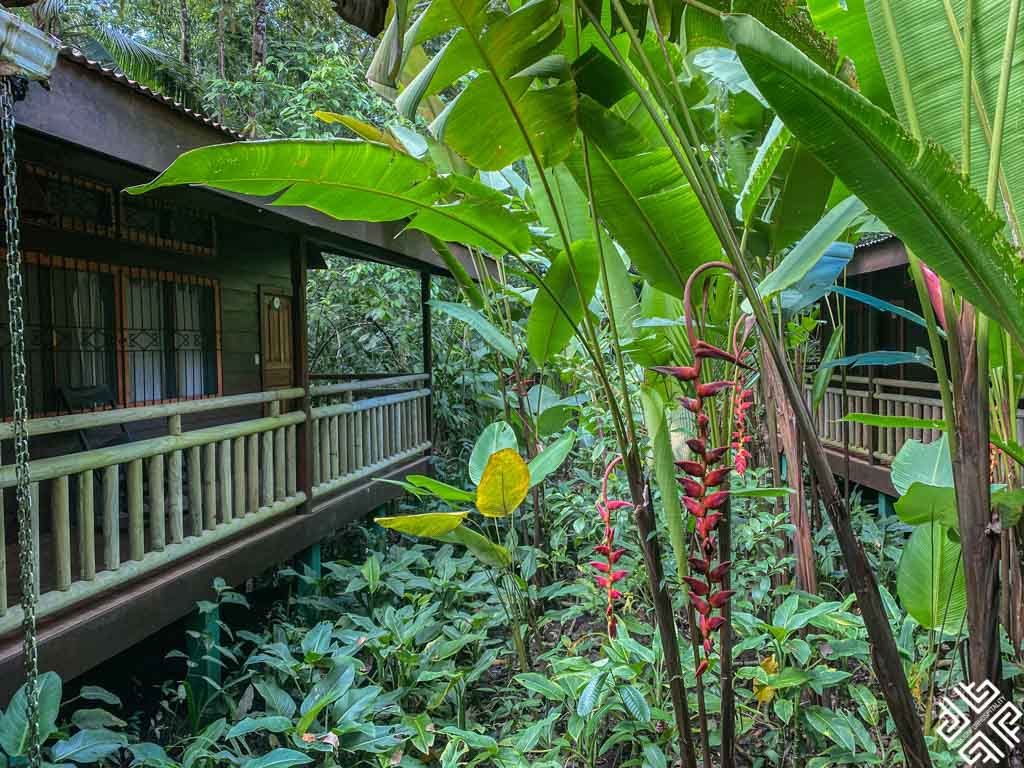
Day 2 of the 10-Day Costa Rica Itinerary Highlights:
Tortuguero National Park: Explore the national park, famous for its nesting sea turtles. Depending on the season, you may witness the nesting or hatching of baby turtles. Hike through the park’s trails to experience its rich biodiversity. You might like to book the Tortuguero: Turtle Nesting Night Tour.
Wildlife Observation: As you tour the village, keep an eye out for the diverse wildlife, including caimans, toucans, and howler monkeys.
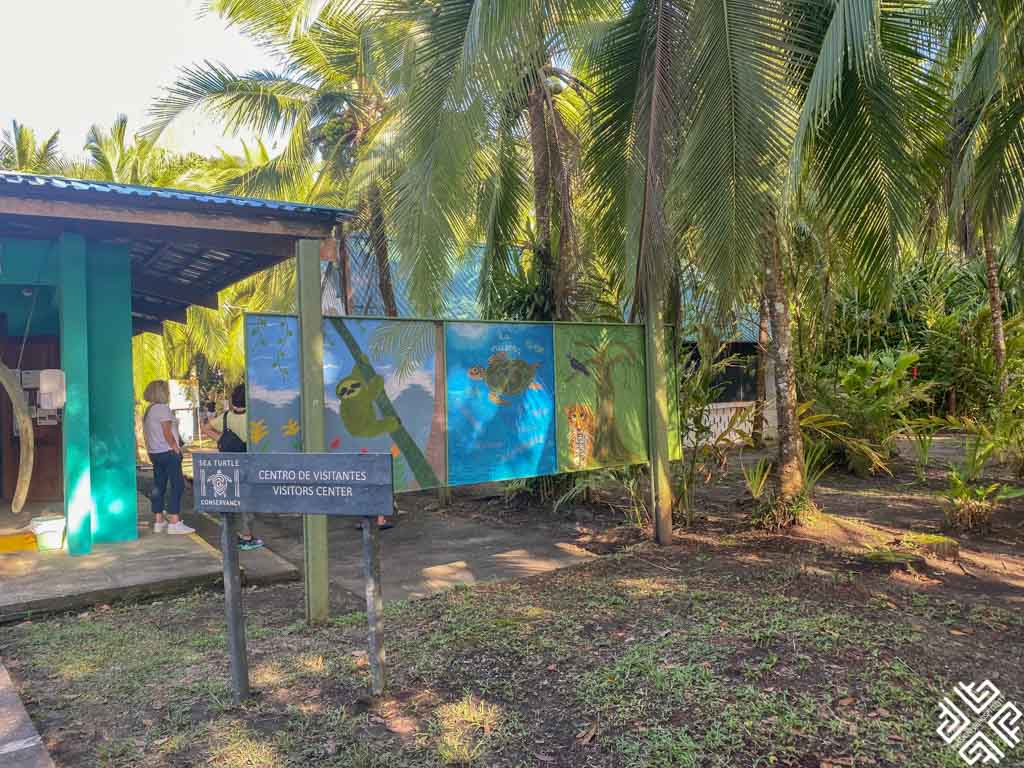

Day 3 of the 10 Day Costa Rica Itinerary Highlights:
Canal Boat Tour: Embark on an early morning boat tour through the Tortuguero canals. These waterways are teeming with wildlife, such as sloths, monkeys, and a variety of bird species.
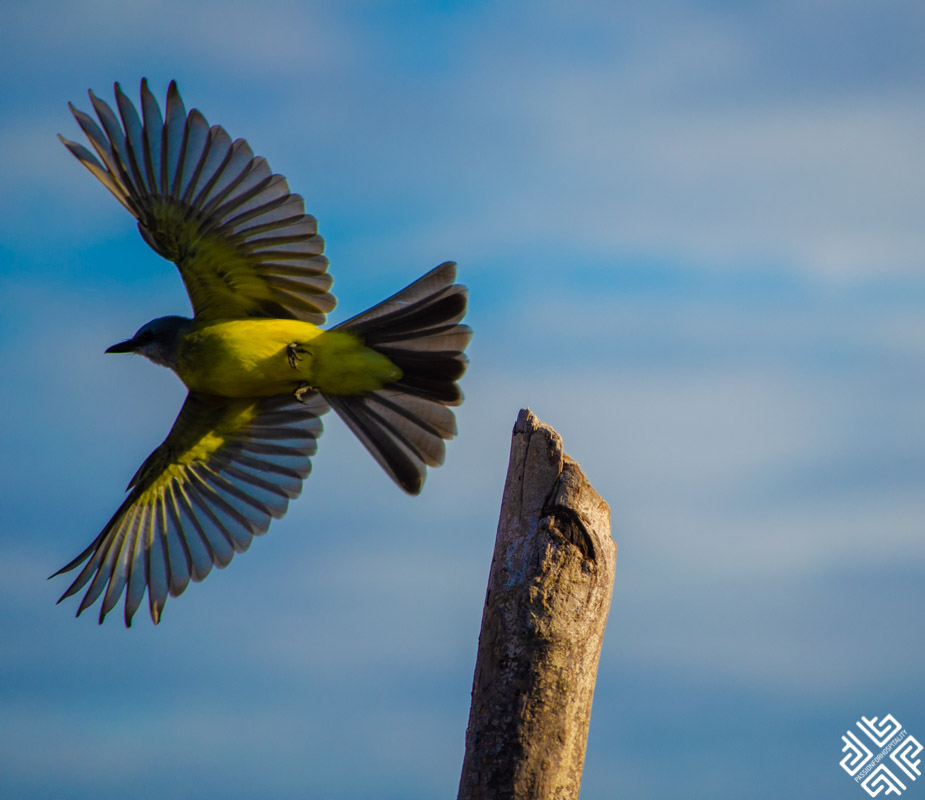


Guided Village Tour: Upon arrival in Tortuguero, take a guided tour of the village. Learn about the local way of life, conservation efforts, and the significance of sea turtles to the community.
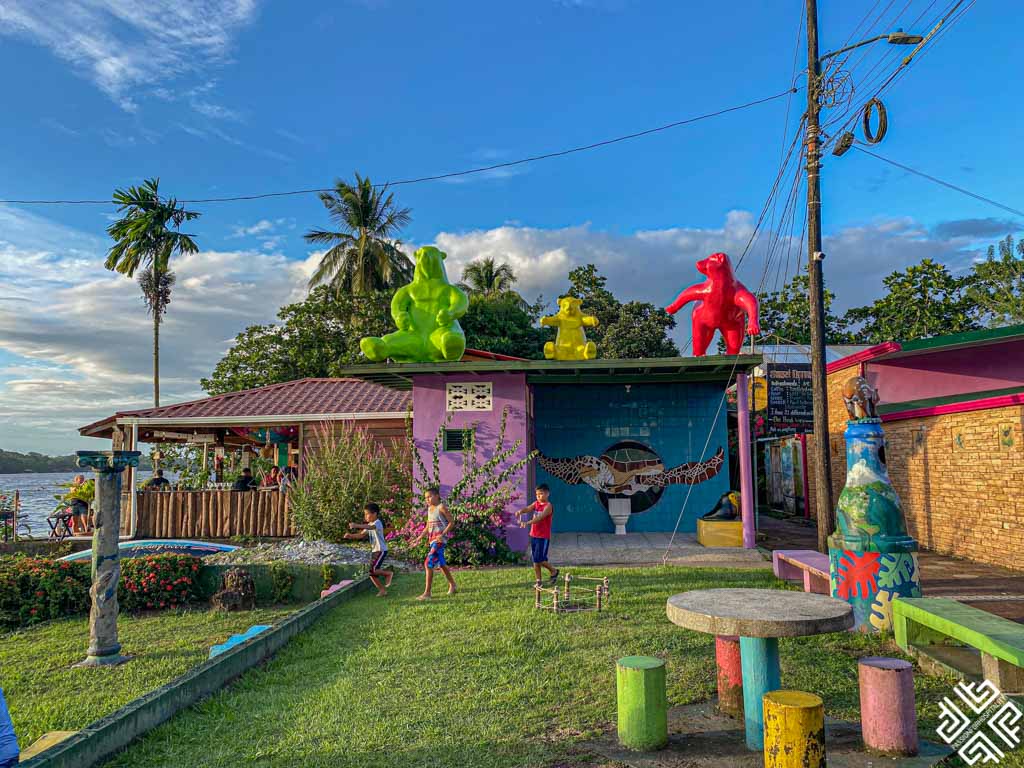

We recommend visiting Tortuguero on your 10 Day Costa Rica itinerary. Tortuguero is a unique village accessible only by boat or plane, renowned for its canals, wildlife, and nesting sea turtles. Pachira Lodge will be your home for the next two nights. You can also visit Tortuguero from San Jose – check out this 3-Day Tortuguero National Park Excursion.
Day 4: La Fortuna & Pococi
In the morning we left Tortuguero and headed towards La Fortuna stopping for a lunch break at Pococi. The distance from Tortuguero to Pococí is approximately 90 kilometers (about 56 miles). This journey usually involves a boat trip from Tortuguero to La Pavona or Caño Blanco, followed by a drive to Pococí, taking around 3 to 4 hours in total depending on the transportation method and conditions.
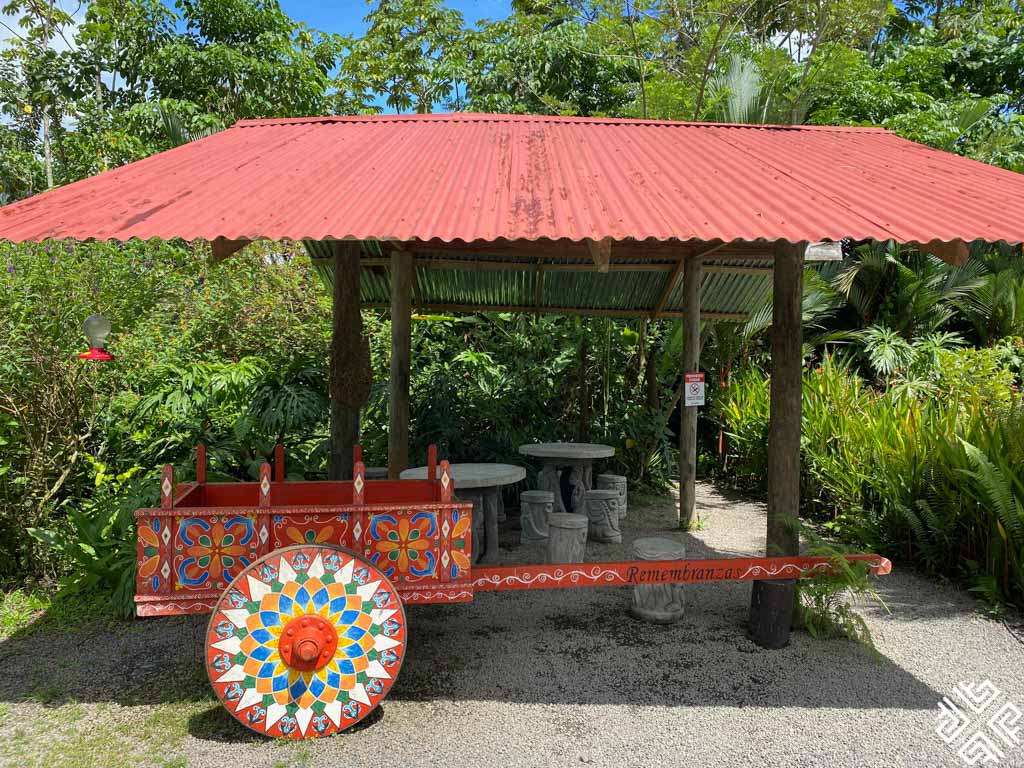
Pococí, located in the Limón province of Costa Rica, is known for its rich biodiversity and natural attractions. Here are some key activities and sights to enjoy:
Exploring the Rainforests:
Barra del Colorado Wildlife Refuge: This refuge is a haven for wildlife enthusiasts, offering boat tours to see a variety of species, including crocodiles, monkeys, and a plethora of bird species.
Sarapiquí River: Known for its white-water rafting and kayaking, the Sarapiquí River also provides tranquil boat tours through lush rainforests.
Visiting Biological Reserves:
La Selva Biological Station: A renowned research facility and ecotourism site, La Selva offers guided tours to observe a diverse array of flora and fauna in their natural habitats.
Agricultural Tours:
Pineapple and Banana Plantations: Pococí is home to numerous plantations. Visitors can take tours to learn about the cultivation and harvesting processes of these tropical fruits.
Hiking and Nature Trails:
Selva Verde Lodge: This eco-lodge provides access to numerous trails through primary and secondary rainforests, perfect for hiking and birdwatching.

Hummingbirds in Pococí
Pococí is a great location for birdwatching, including sightings of various hummingbird species. These tiny, vibrant birds are often spotted in the following places:

- La Selva Biological Station: Known for its rich birdlife, including numerous species of hummingbirds. The station offers guided birdwatching tours.
- Local Gardens and Forests: Many lodges and reserves have gardens specifically designed to attract hummingbirds with nectar-rich flowers.
- Sarapiquí Area: The forests and riverbanks around Sarapiquí are also excellent for observing hummingbirds in their natural environment.
Whether you’re an adventurer, a nature lover, or a birdwatching enthusiast, Pococí offers a variety of activities to immerse yourself in the natural beauty and biodiversity of Costa Rica.
Banana Cultivation in Costa Rica
On our way to La Fortuna we stopped at a local fruit seller and tried some local fruits like guava, mangoes and bananas.
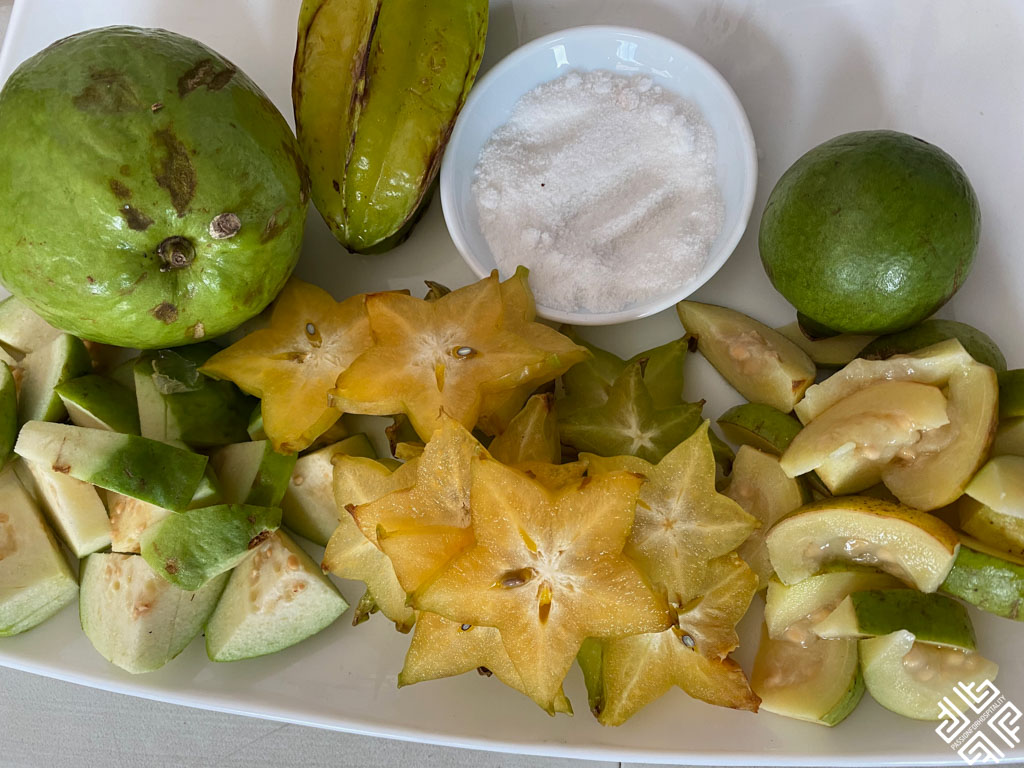
Banana cultivation in Costa Rica has a rich history that dates back to the late 19th century when the fruit became one of the country’s most significant export commodities. The industry’s roots can be traced to the efforts of Minor Keith, an American entrepreneur, who established extensive banana plantations alongside the construction of the national railroad. This development not only facilitated the export of bananas to North American and European markets but also played a crucial role in shaping Costa Rica’s economic landscape.
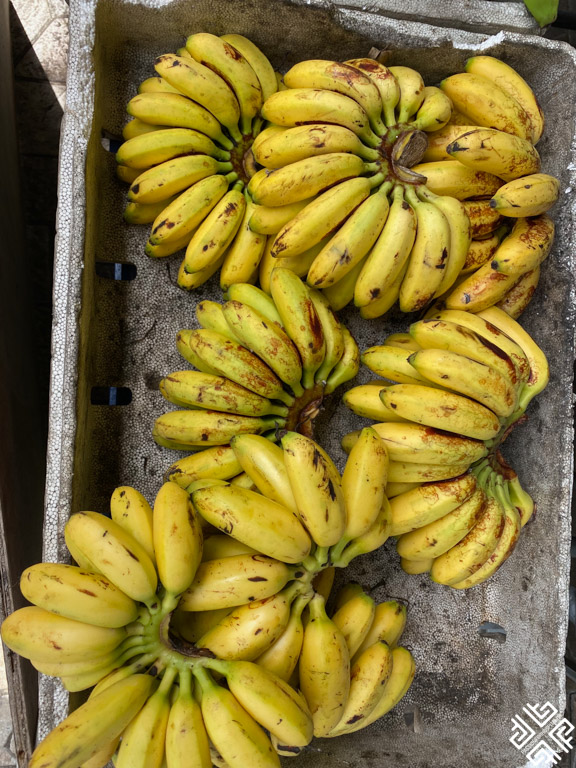
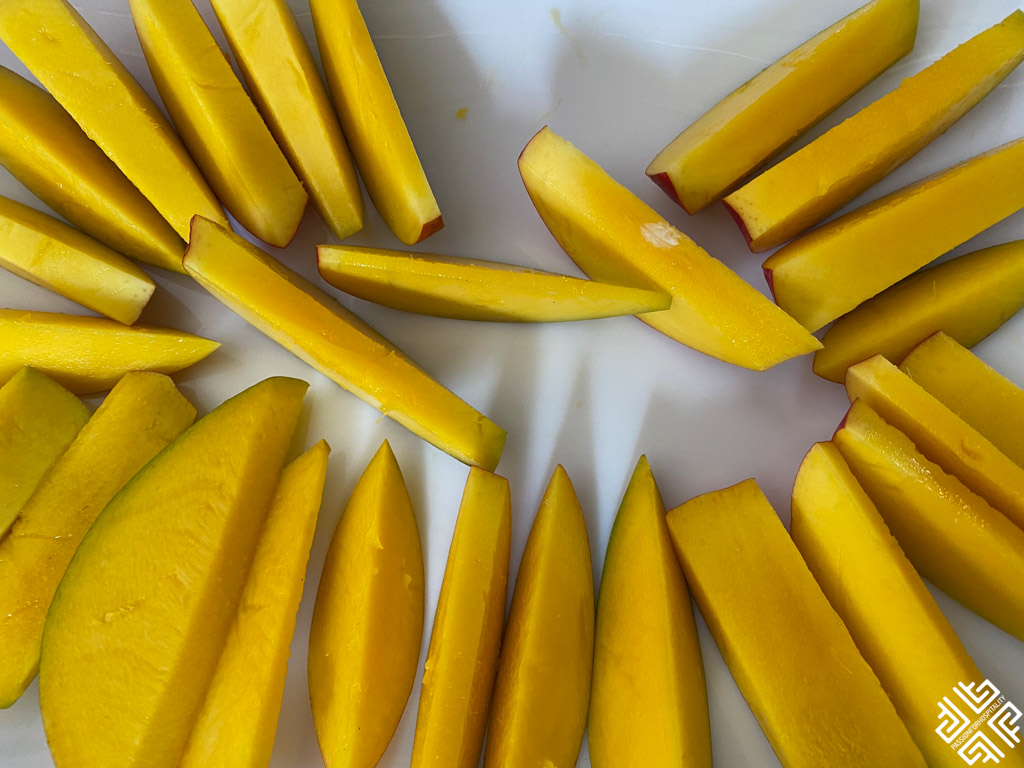
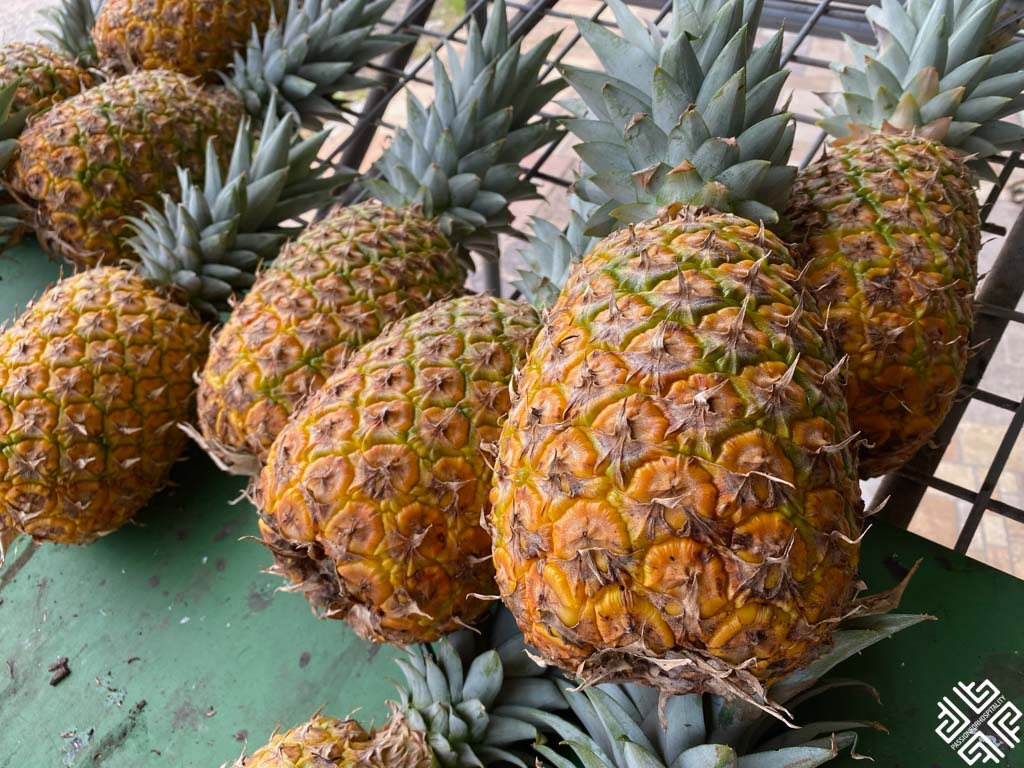
The United Fruit Company, later known as Chiquita Brands International, dominated the industry for much of the 20th century, leading to both economic growth and significant social and environmental changes. Today, Costa Rica remains one of the world’s leading banana exporters, with modern cultivation practices emphasizing sustainability and social responsibility. The banana industry continues to be a vital part of the national economy, providing employment to thousands and contributing to the country’s global agricultural reputation.
Stay: Arenal Manoa Resort & Hot Springs – offers comfortable 4-star accommodations with stunning views of Arenal Volcano, surrounded by lush gardens. Guests can relax in the natural hot springs and enjoy top-notch amenities, including a spa, restaurant, and guided tours.


Highlights of La Fortuna:
La Fortuna is renowned for its breathtaking natural beauty and vibrant adventure tourism. Set at the foothills of the majestic Arenal Volcano, La Fortuna offers visitors stunning views of this iconic peak, which was one of the world’s most active volcanoes until recently. The area’s rich geothermal activity has given rise to numerous hot springs, providing relaxing and therapeutic experiences amid lush tropical surroundings. You might like to check out this La Fortuna: Waterfall, Arenal Volcano and Hot Springs Tour
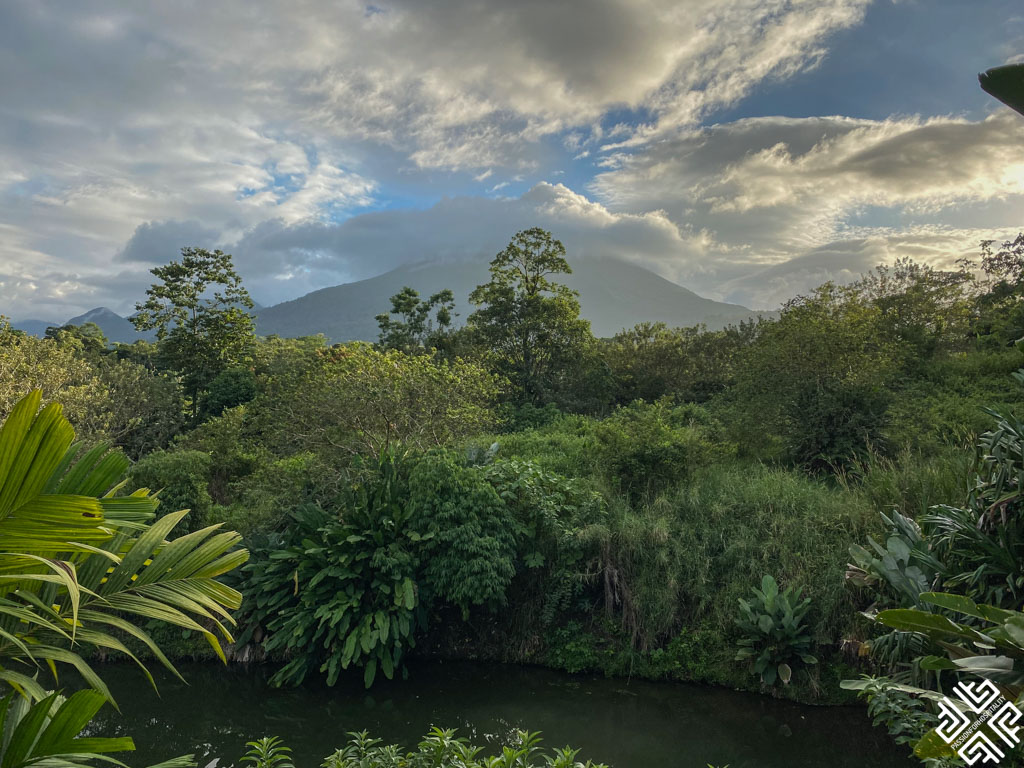
La Fortuna is also a gateway to Arenal Volcano National Park, where hiking trails lead through diverse ecosystems teeming with wildlife. Additionally, the nearby La Fortuna Waterfall, cascading over 70 meters into a pristine pool, is a must-visit attraction. With activities ranging from zip-lining and white-water rafting to serene boat tours on Lake Arenal, La Fortuna caters to both thrill-seekers and those seeking tranquility, making it a special destination in Costa Rica. You might also enjoy this La Fortuna: Sloth Tour in the Wild.
Ecotermales Hot Springs Experience
In the evening we visited Ecotermales Hot Springs located in La Fortuna which provides a serene and intimate experience with its naturally heated thermal pools set within a lush rainforest setting.
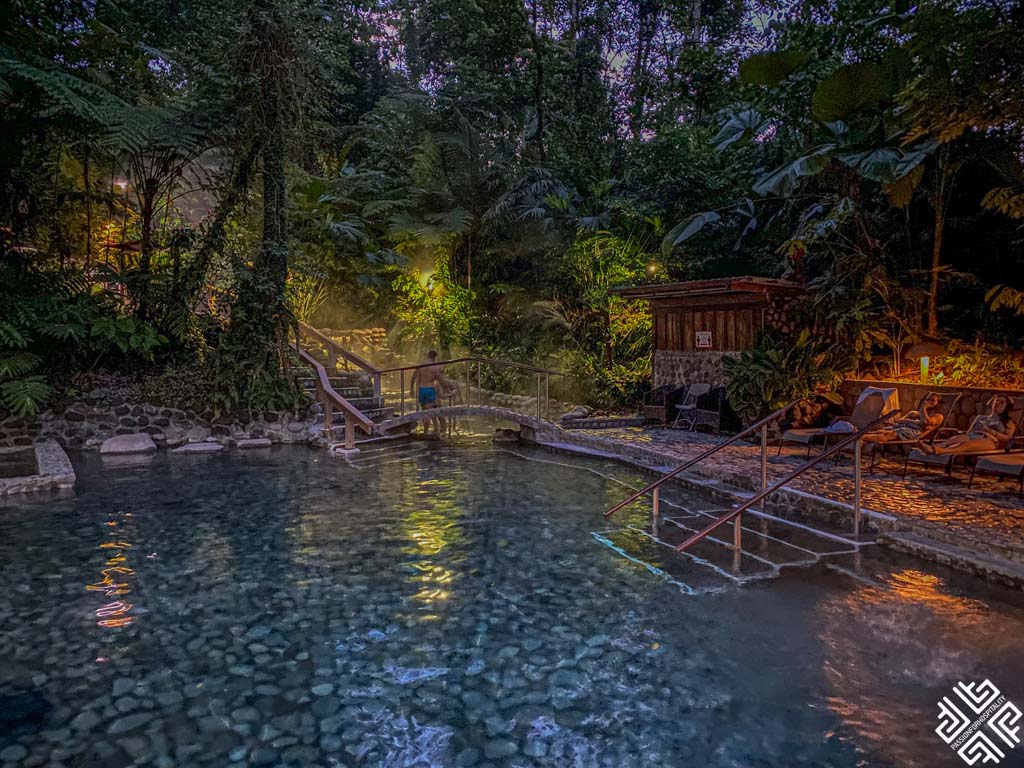
This family-owned retreat emphasizes sustainability and tranquility, offering visitors the chance to unwind in mineral-rich waters surrounded by exotic flora and fauna. With its beautifully landscaped gardens and limited daily admissions, Ecotermales ensures a peaceful and exclusive environment for relaxation and rejuvenation.

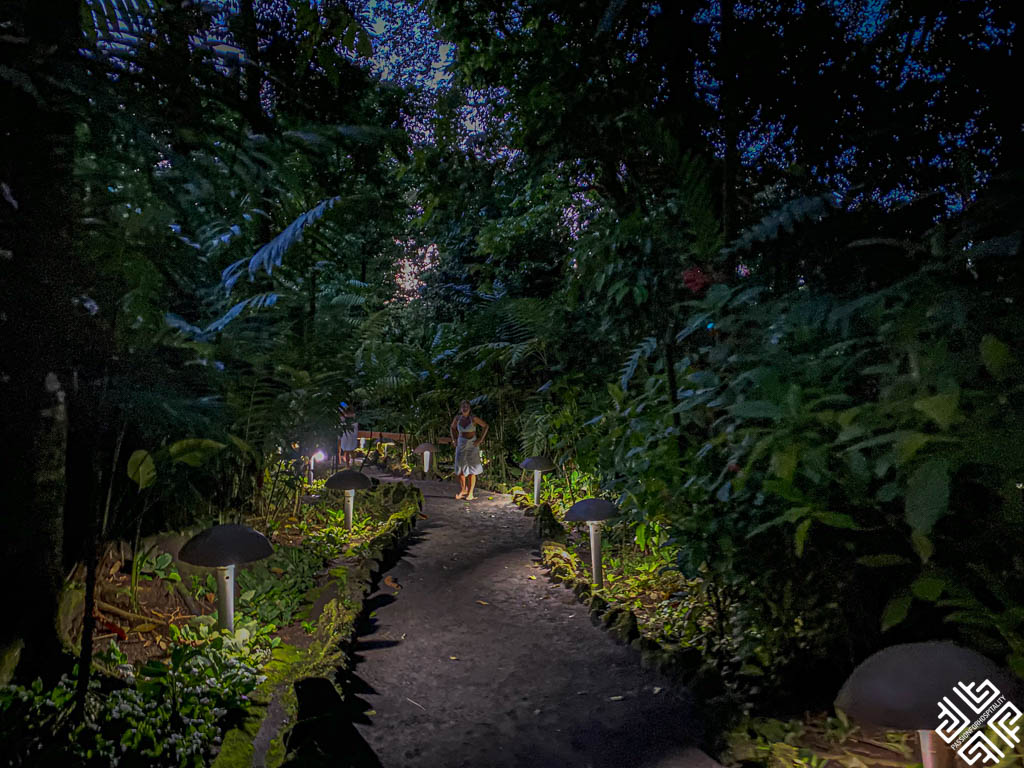
If you wish to head to San Jose directly from La Fortuna – you can book your Shuttle from La Fortuna to San Jose here.
Day 5-6: Exploring Mistico Park Arenal Hanging Bridges & Arriving in Monteverde
In the morning after our breakfast at the Arenal Manoa Resort & Hot Springs we headed towards the Mistico Park. Mistico Park’s Arenal Hanging Bridges is an unforgettable adventure that takes visitors through the heart of Costa Rica’s lush rainforest. Also check out this guided tour La Fortuna Waterfall, Volcano and Hanging Bridges Combo
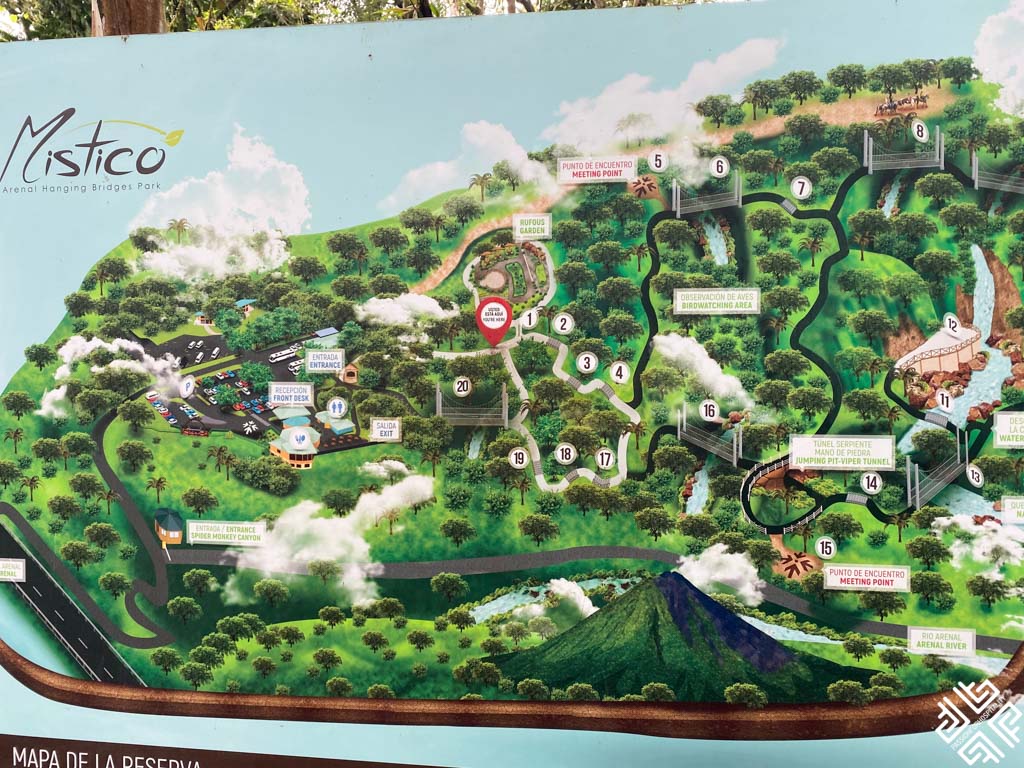
The park features a network of trails and 16 bridges (6 of them are hanging), offering unique perspectives of the forest canopy and the diverse wildlife that inhabits it. As you walk along these elevated pathways, you’ll be immersed in the sights and sounds of the jungle, with opportunities to spot a variety of species, including birds, monkeys, and reptiles.
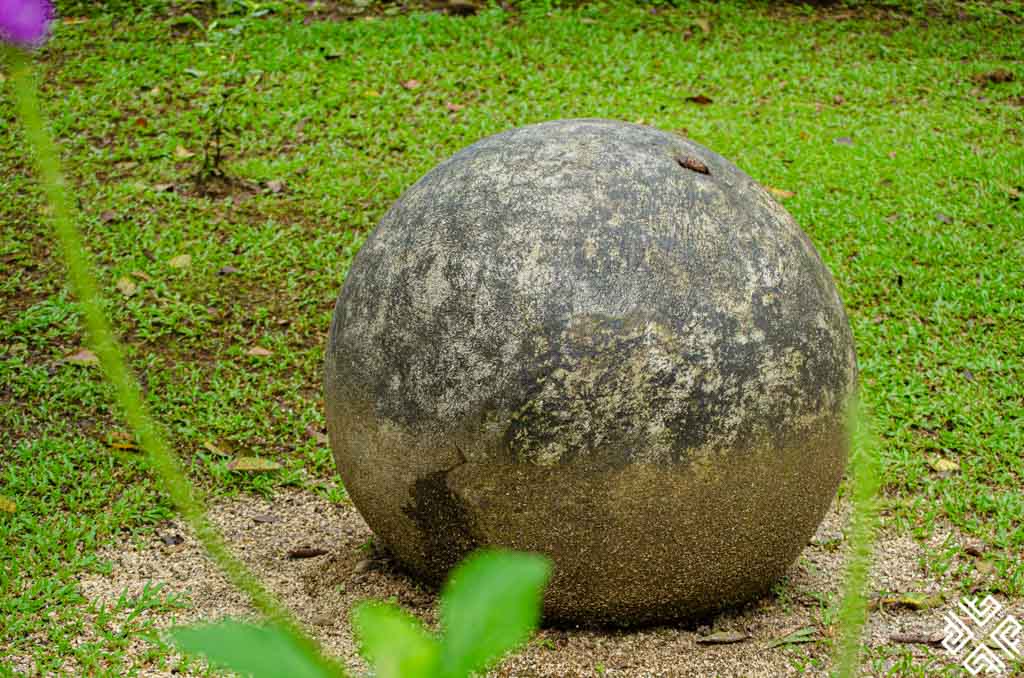


The park’s well-maintained trails cater to all levels of hikers, ensuring a safe and enjoyable experience for everyone. Guided tours provide in-depth insights into the rich biodiversity and ecological significance of the area, making Mistico Park a must-visit destination for nature enthusiasts and adventure seekers alike.

The duration of the Hanging Bridges hike is a total of 3.2 km, there is also the short version 1.9km. It takes approximately 2.5 hours to complete. I have a fear of heights (I write about my experience walking the rooftops in Stockholm) and was reluctant about whether or not I will manage to walk all 6 hanging bridges but I managed. At first I was afraid but then slowly I got used to it. I highly recommend this experience. You can purchase your admission tickets online.
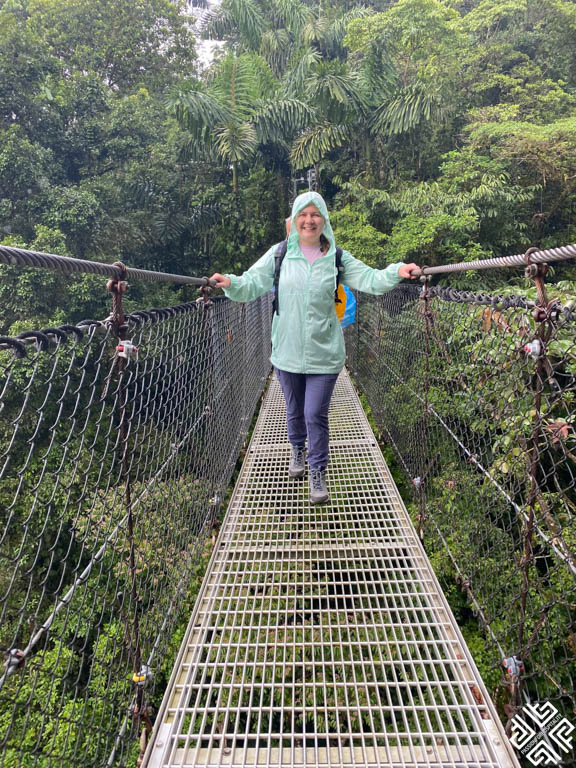
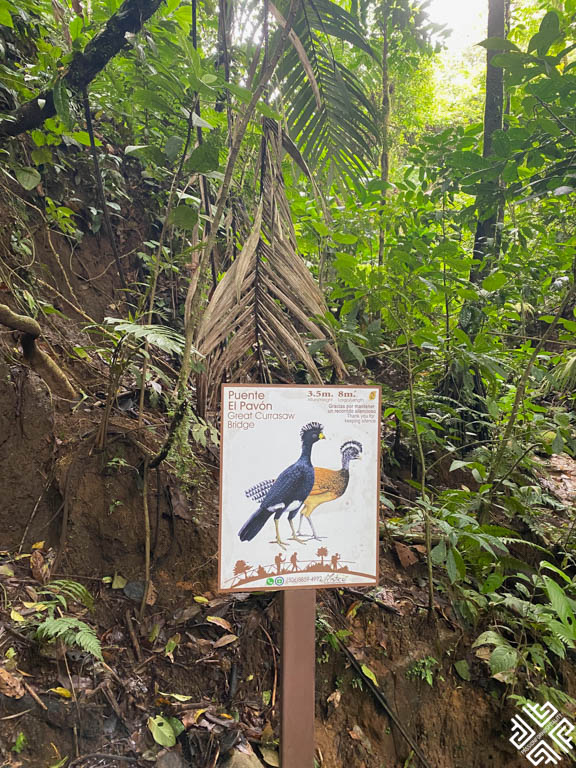
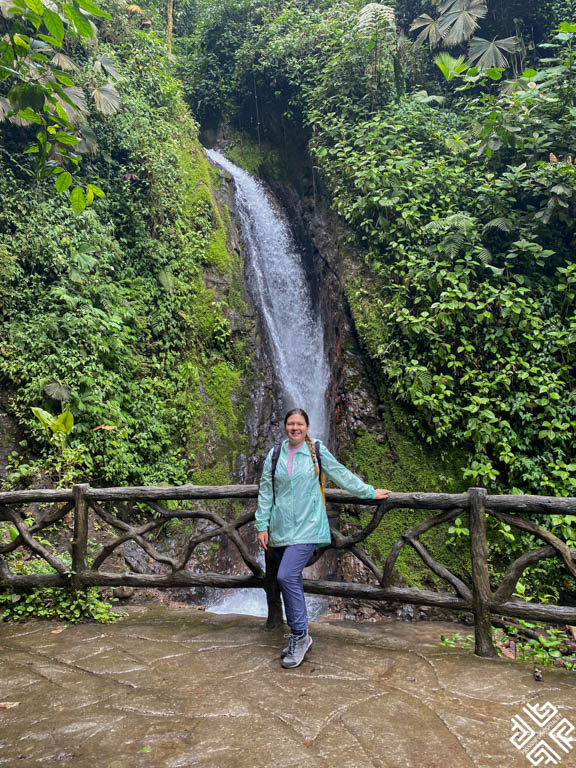
As we were leaving the Mistico Park we spotted these cute coatis. Coatis are curious, raccoon-like mammals native to Central and South America, known for their distinctive long noses and bushy tails, often seen foraging in groups in Costa Rica’s forests.
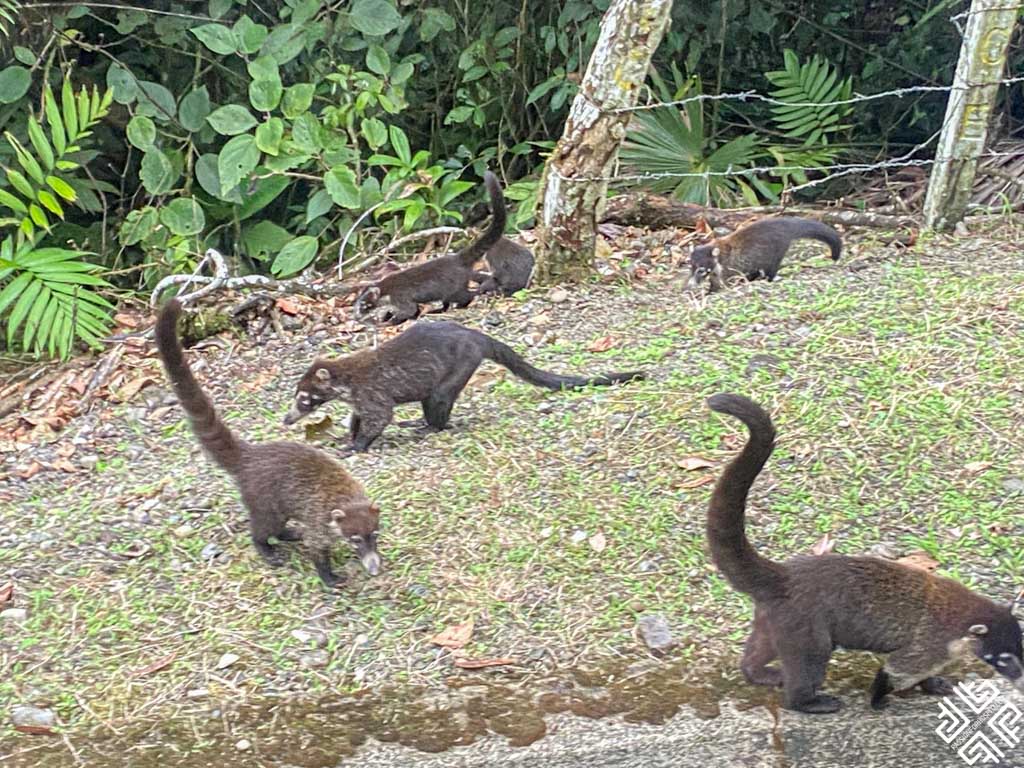
We then made our way towards Monteverde where we spent a total of two nights in the area of Santa Elena. The distance is approximately 100 kilometres and takes roughly 3 hours to reach. On our way to Santa Elena we stopped for lunch at the Café & Macadamia, located near Lake Arenal. This charming café offers delicious homemade pastries, freshly brewed coffee, and stunning views of the lake and surrounding mountains. It’s a perfect spot to relax and enjoy a delightful snack while taking in the serene beauty of the area.
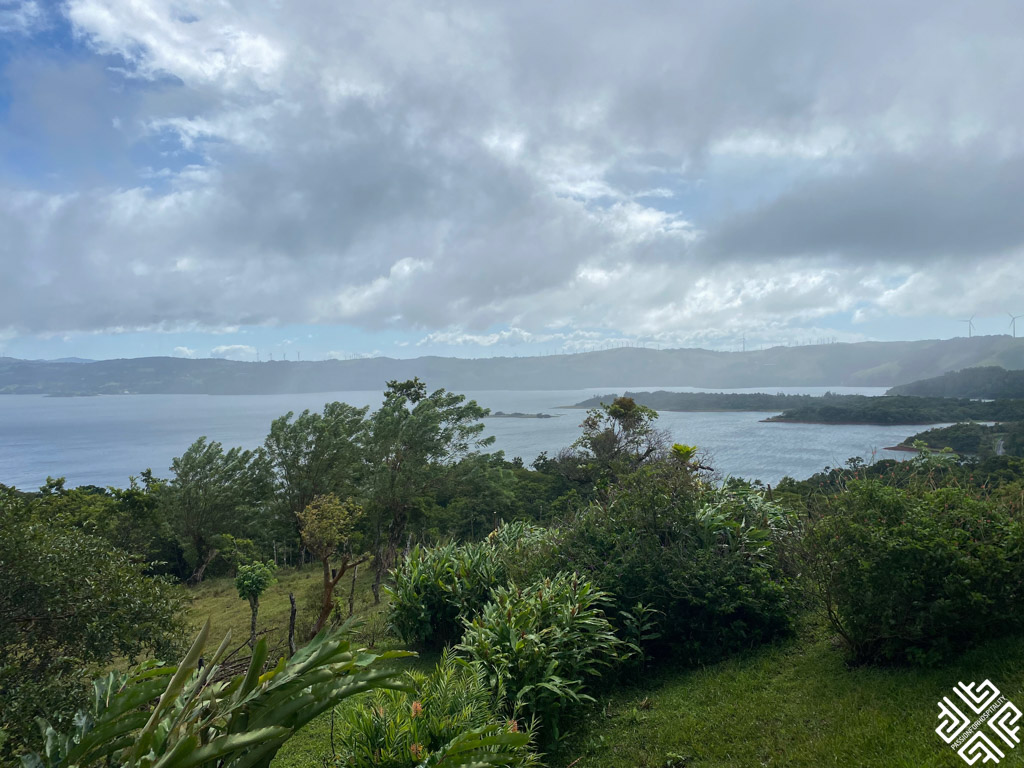
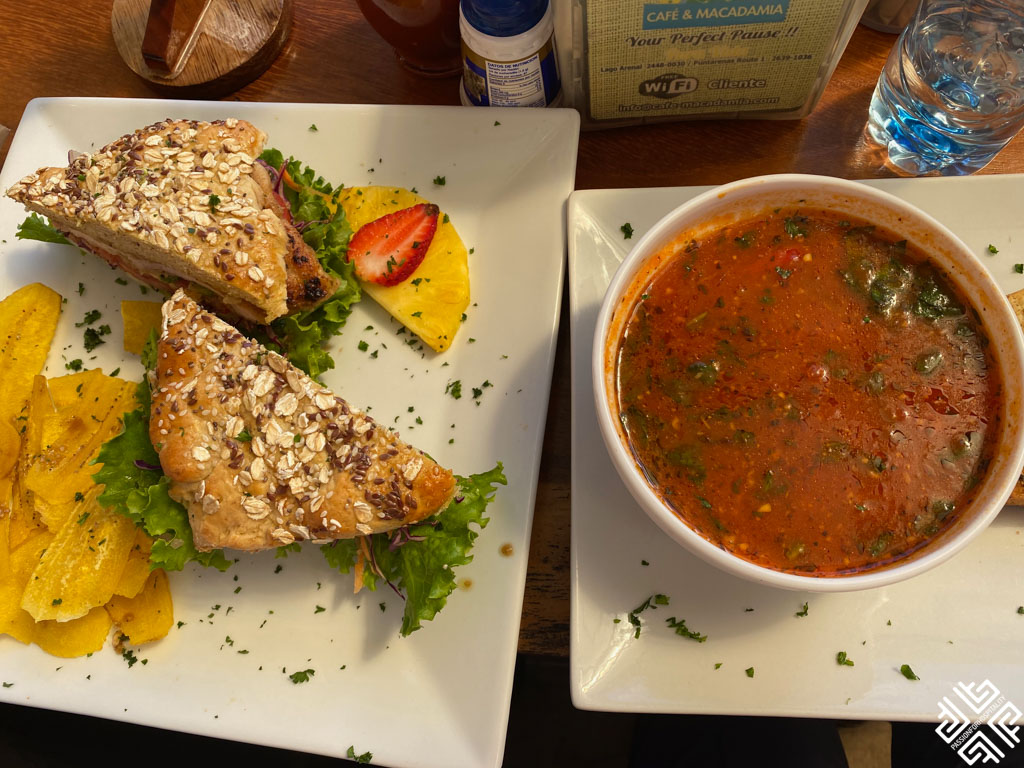
In the evening we arrived at the Santa Elena Village located in the cloud forests of Monteverde. It is a vibrant community known for its ecotourism, charming shops, and local eateries. It serves as a gateway to Monteverde’s renowned nature reserves and adventure activities, offering a blend of natural beauty and cultural charm.

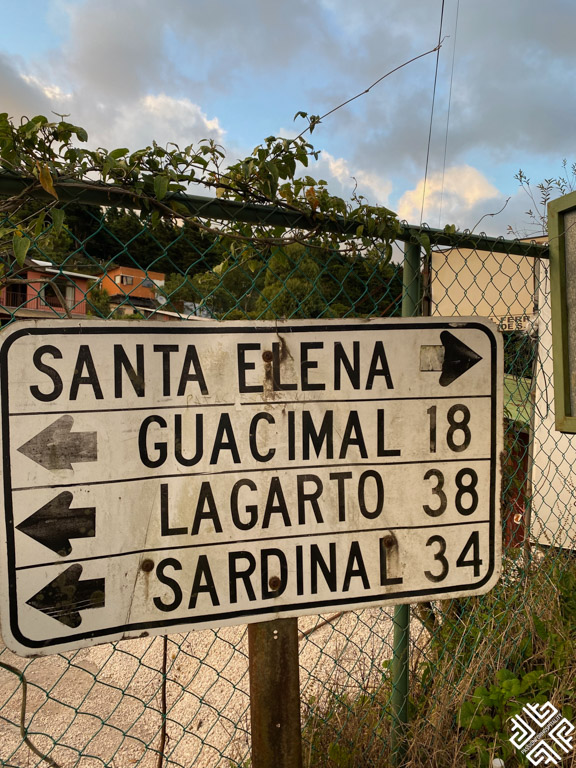
Stay: HOTEL & SPA POCO A POCO in Monteverde offers a comfortable retreat with modern amenities, surrounded by the stunning cloud forests of Costa Rica. This 4-star hotel features a relaxing spa, and an on-site restaurant serving delicious local cuisine.
Day 7: Sky Adventures Park, Butterfly Garden & Monteverde Cloud Forest Reserve
In the morning we headed to the Sky Adventures Park located in Monteverde which offers an exhilarating array of eco-friendly adventures set in the stunning cloud forests of Costa Rica. Renowned for its thrilling zip-line tours (Costa Rica is known for some of the best zip-lines in the world), the park provides visitors with the unique experience of soaring above the forest canopy, offering breathtaking aerial views of the lush landscape.
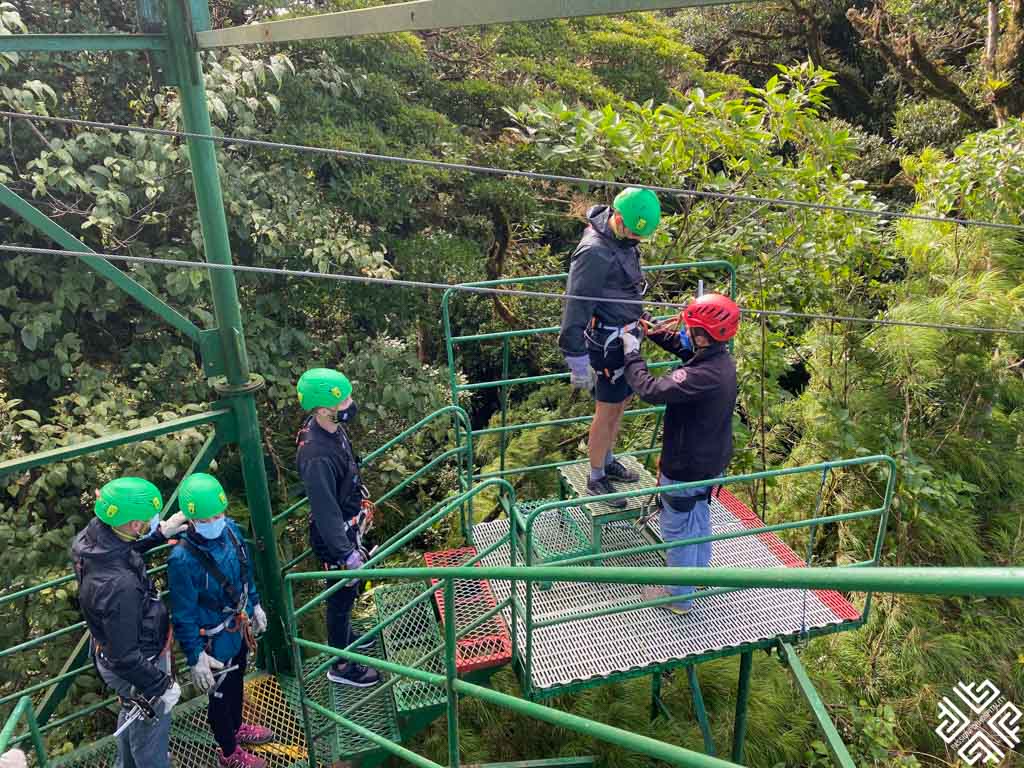
In addition to zip-lining, Sky Adventures features the Sky Walk, a series of suspension bridges and trails that allow for a leisurely exploration of the forest at canopy level, perfect for observing wildlife and enjoying the serene environment. While the rest of our group decided to try zipline, my friend and I opted for the Sky Tam.
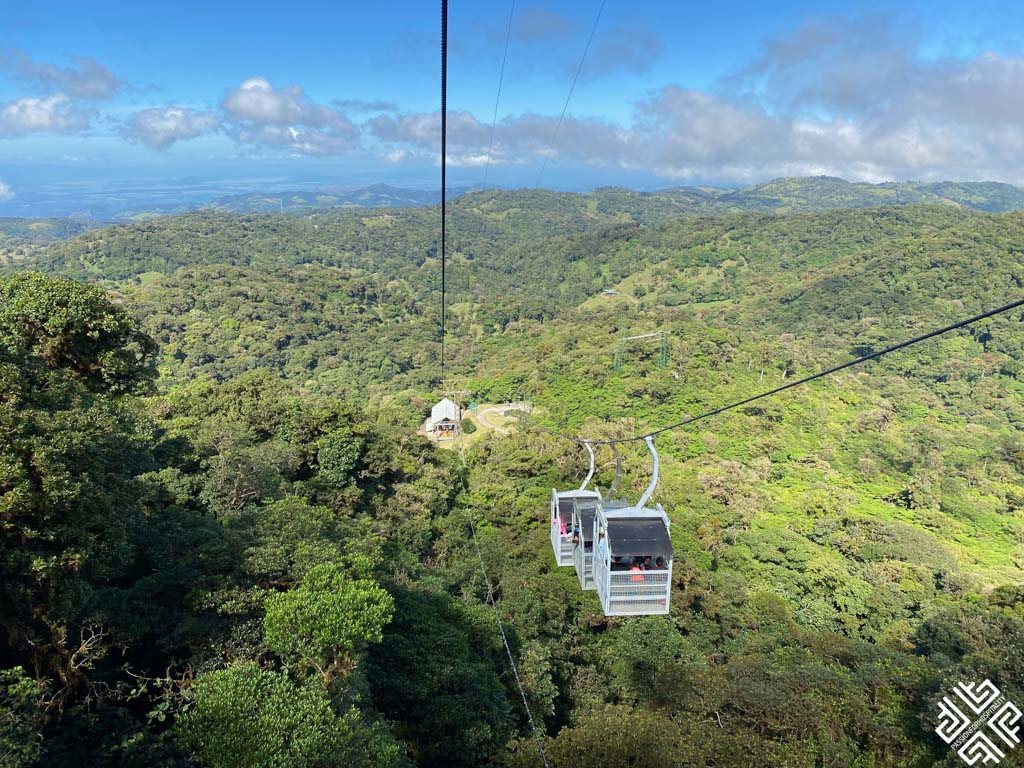
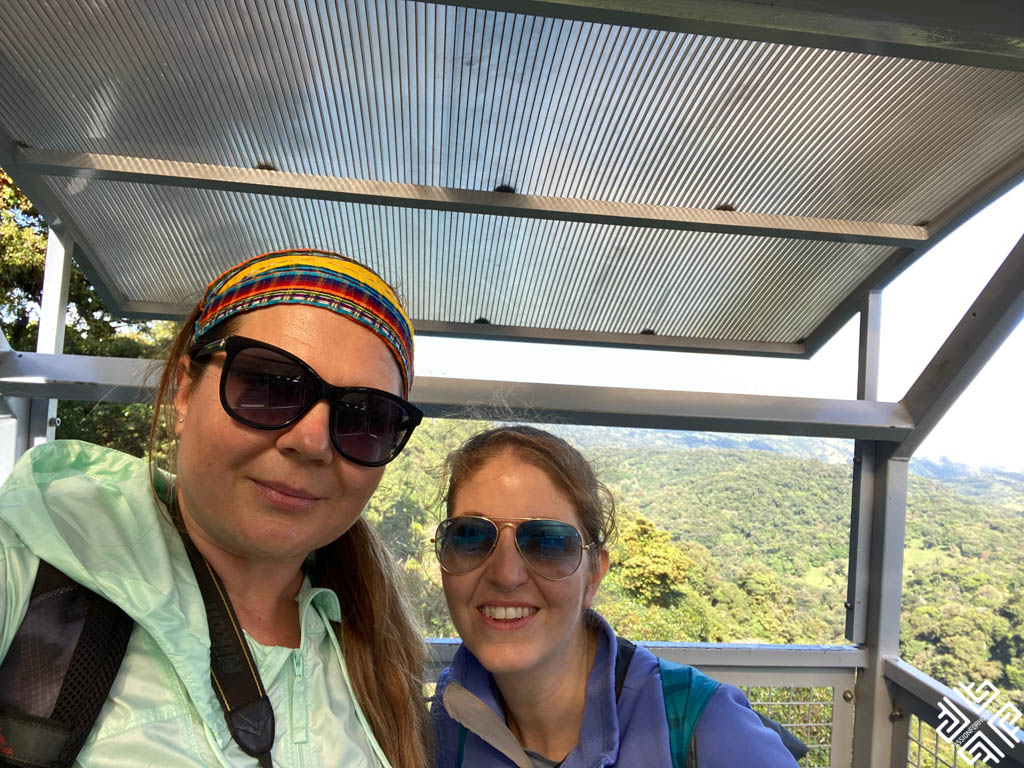
The Sky Tram, a scenic gondola ride, offers a more relaxed way to take in the panoramic vistas and reach the park’s highest points. With a commitment to sustainability and environmental education, Sky Adventures Park combines adrenaline-pumping activities with an immersive nature experience, making it a must-visit destination for adventure seekers and nature enthusiasts alike.
We then made our way to the Selvatura Park which is a premier eco-adventure destination, featuring extensive canopy walkways, thrilling zip-line tours, and a butterfly garden. The park also hosts a hummingbird garden, reptile exhibit, and a captivating insect museum, offering a diverse and immersive nature experience.

The Butterfly Garden at Selvatura Park in Monteverde is a captivating sanctuary, home to a diverse array of butterfly species native to Costa Rica. This expansive, enclosed garden is meticulously designed to mimic the butterflies’ natural habitat, featuring lush vegetation and vibrant flowers that attract and sustain these delicate creatures.
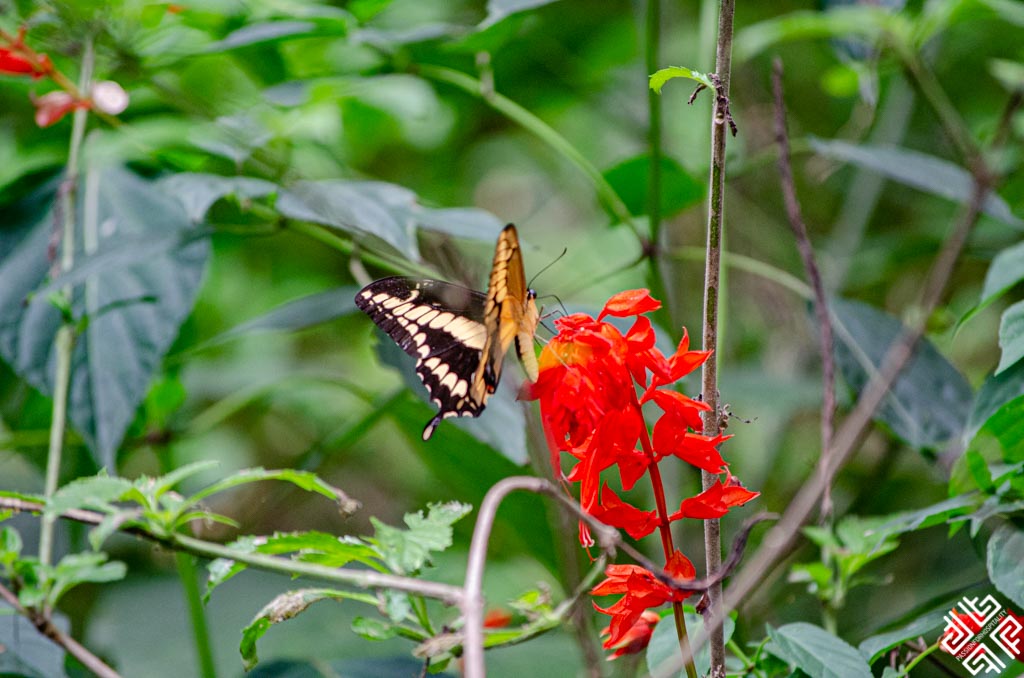
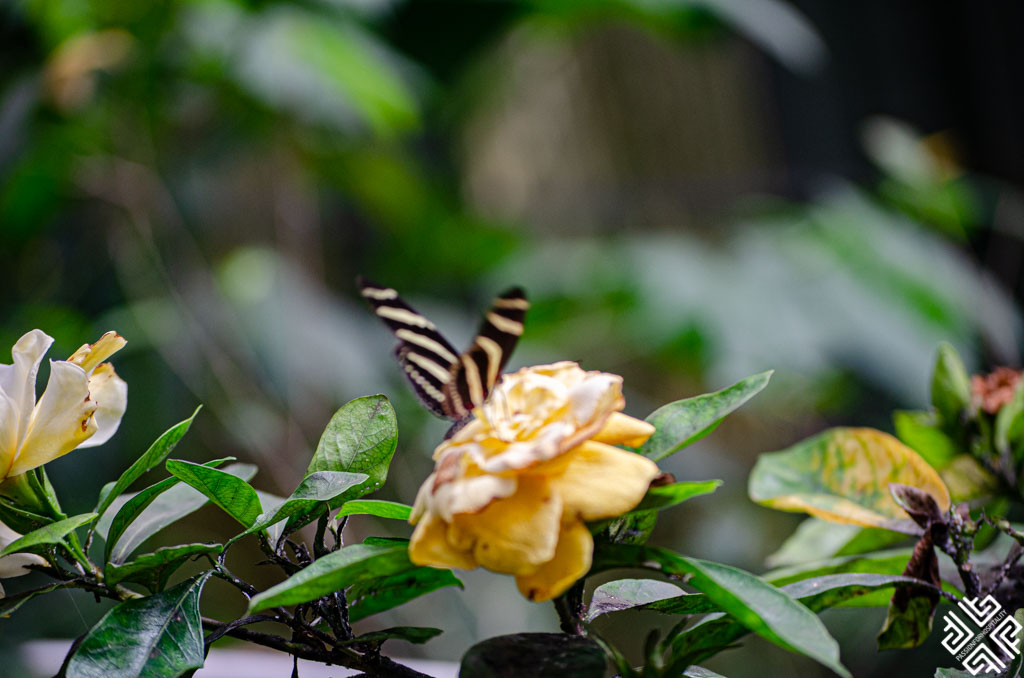
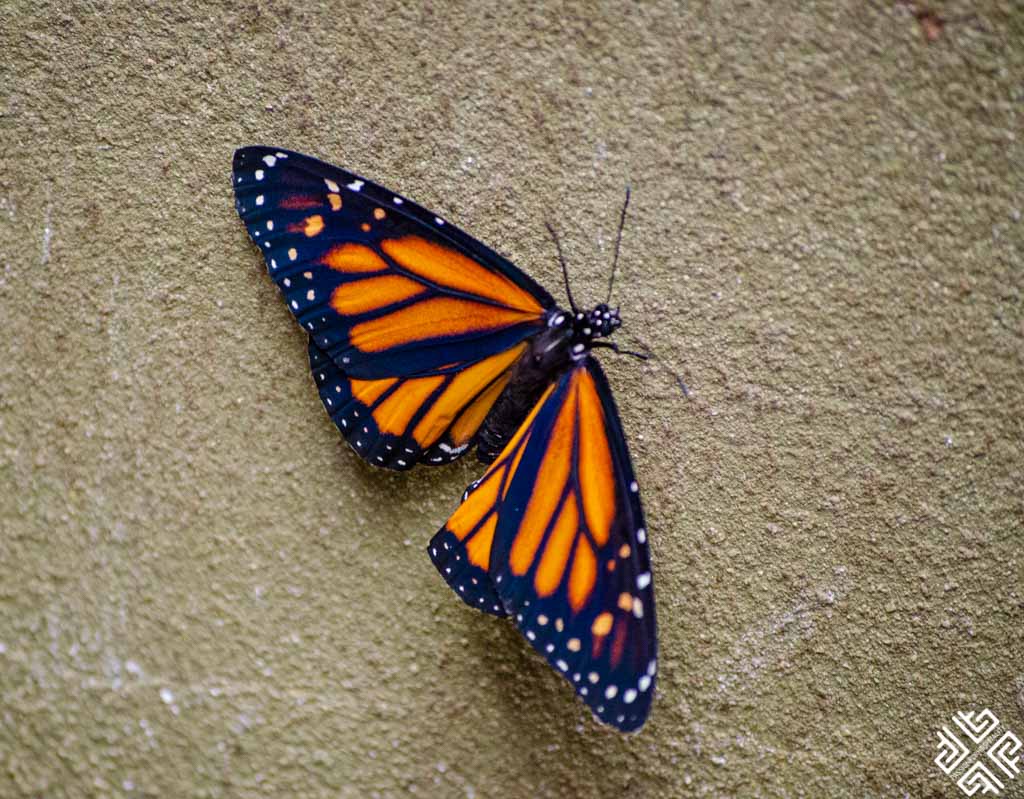
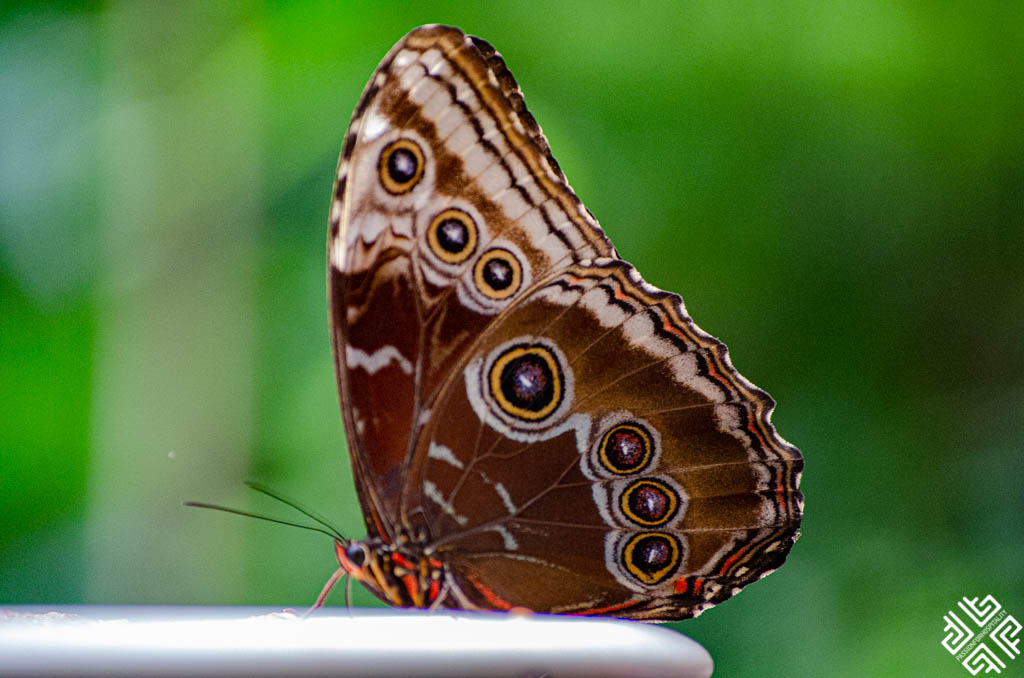
We strolled through the garden, observing the butterflies up close as they flutter around, feed, and interact with their environment. By joining a guided tours you can have insights into the lifecycle, behavior, and ecological importance of butterflies, making the Butterfly Garden not only a visual delight but also an educational experience.
In the afternoon we visited the Monteverde Cloud Forest Reserve, one of the most renowned and biodiverse cloud forests in the world. Established in 1972, this 10,500-hectare (26,000-acre) reserve is a haven for nature lovers, researchers, and eco-tourists, offering a unique blend of dense vegetation, abundant wildlife, and breathtaking landscapes. Book your Monteverde: Jungle Zipline & Tarzan Swing with Transfer tour here or just a Monteverde: Guided Tour in Monteverde Cloud Forest.

Biodiversity
The reserve’s high altitude and consistent cloud cover create a unique microclimate that supports an incredible variety of plant and animal species. It is home to over 2,500 plant species, including numerous orchids, bromeliads, ferns, and mosses. The reserve also shelters more than 100 species of mammals, 400 species of birds, 120 species of reptiles and amphibians, and thousands of insect species. Among its most notable residents are the resplendent quetzal, the three-wattled bellbird, and the elusive jaguar.
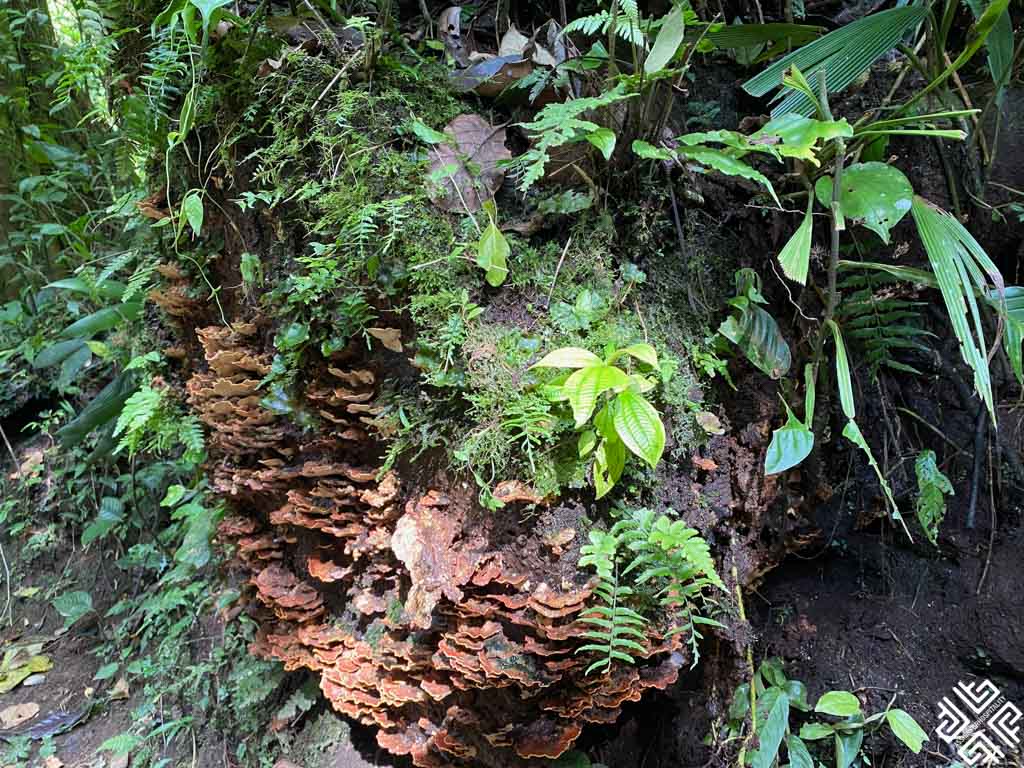
The Monteverde Cloud Forest Reserve features a network of well-maintained trails that cater to all levels of hikers. These trails wind through the forest, offering visitors the chance to explore the diverse ecosystems up close. Highlights include:
- La Ventana: A viewpoint offering stunning panoramas of the forest and the Continental Divide.
- Sendero Bosque Nuboso: A popular trail leading through dense cloud forest and past giant trees draped in moss and epiphytes.
- Hanging Bridges: Walkways suspended above the forest floor, providing a bird’s-eye view of the canopy and its inhabitants.
Day 8: Manuel Antonio National Park & Arrival in San Jose
In the morning we checked out of our hotel in Santa Elena, Monteverde and drove towards the Manuel Antonio National Park. The drive takes somewhere between 3.5 – 4 hours depending on the route and traffic.
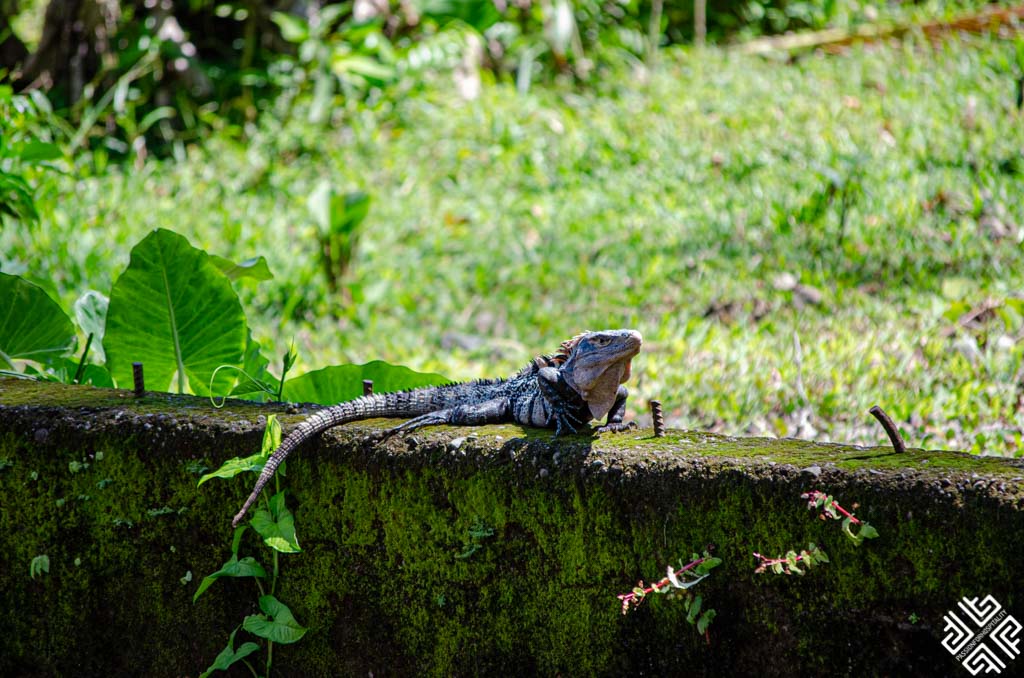
Manuel Antonio National Park, located on Costa Rica’s central Pacific coast, is one of the country’s most popular and picturesque national parks. Established in 1972, the park covers approximately 1,983 hectares (4,900 acres) of land and 55,000 hectares (136,000 acres) of marine territory, offering a unique blend of lush rainforests, pristine beaches, and vibrant wildlife. Book your Manuel Antonio Park Tour online here.
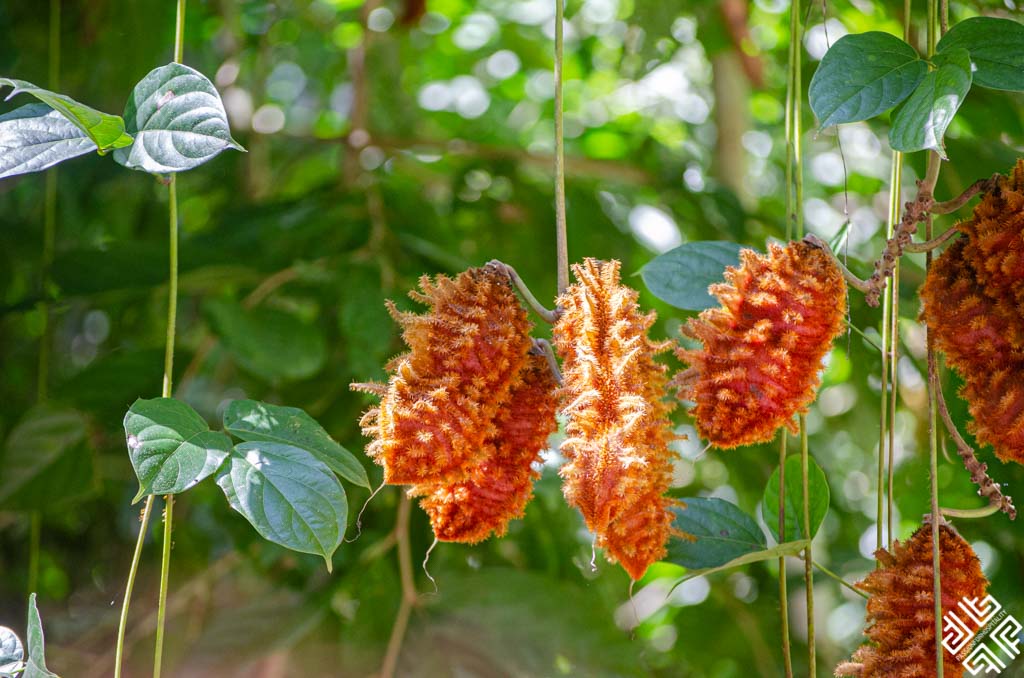
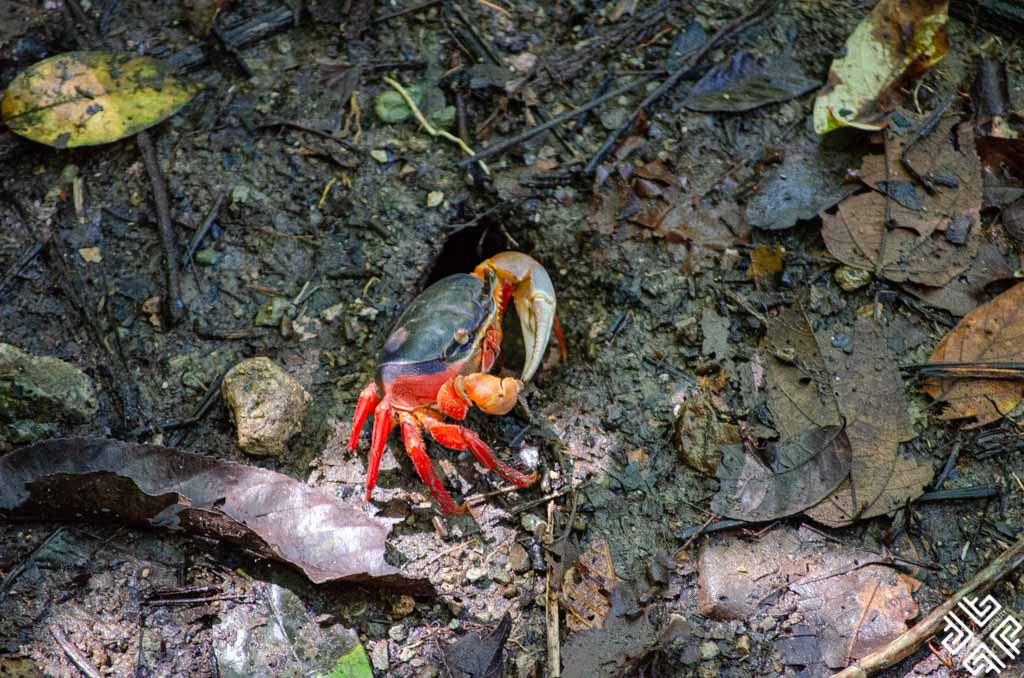
Stunning Beaches
The park is renowned for its beautiful beaches, which are consistently ranked among the best in the world. These include:

- Playa Manuel Antonio: The park’s most famous beach, known for its white sand and clear, turquoise waters, perfect for swimming and snorkeling.
- Playa Espadilla Sur: A longer stretch of beach that offers great opportunities for sunbathing, swimming, and exploring tide pools.
- Playa Gemelas and Playa Biesanz: Smaller, more secluded beaches ideal for a peaceful retreat.
Rich Biodiversity
Manuel Antonio National Park is a biodiversity hotspot, home to a wide array of plant and animal species. Visitors can encounter:

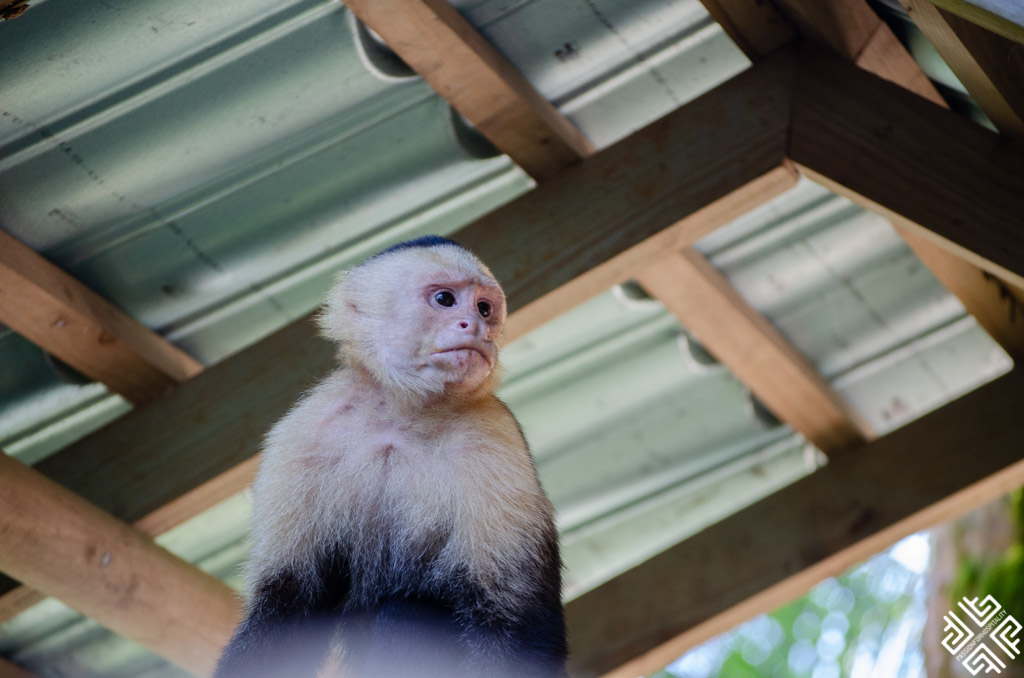

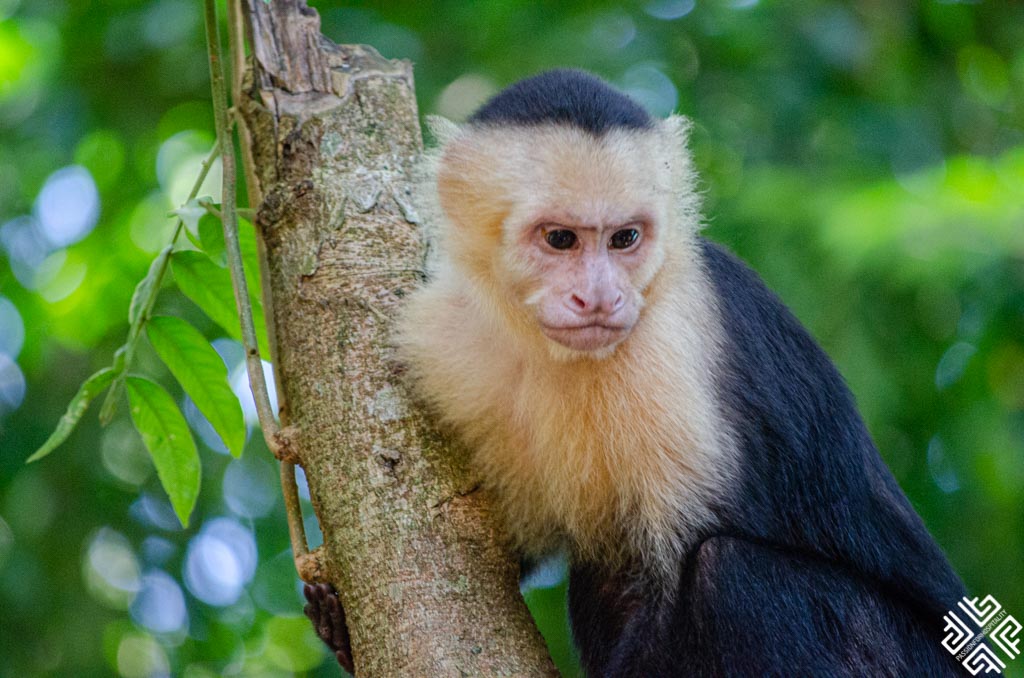
- Mammals: White-faced capuchin monkeys, howler monkeys, and the endangered squirrel monkeys are commonly seen, as well as two- and three-toed sloths.
- Birds: The park is a birdwatcher’s paradise with species like toucans, scarlet macaws, and various types of hawks and kingfishers.
- Reptiles and Amphibians: Iguanas, basilisks (also known as “Jesus Christ lizards”), and colorful poison dart frogs add to the park’s diversity.

Sloths are fascinating creatures known for their slow movements and tranquil nature. Found in the lush rainforests of Central and South America, including Costa Rica, sloths spend most of their lives hanging upside down in trees. These arboreal mammals have a unique adaptation of slow metabolism and low energy requirements, allowing them to thrive on a diet primarily consisting of leaves. With their long limbs and curved claws, sloths are expert climbers, moving at a leisurely pace that helps them avoid predators. There are two main types of sloths: the two-toed and three-toed varieties, both of which can be seen in the rich biodiversity of places like Manuel Antonio National Park. Their endearing, perpetually smiling faces and laid-back lifestyle make them a beloved symbol of the tropical rainforest.
After our visit to the Manuel Antonio National Park we drove to San Jose, the capital city of Costa Rica. You can also visit the Manuel Antonio Park on a Day Trip from San Jose.
Day 9: Day Trip to Poás Volcano, Doka Estate, and Sarchí
After breakfast we began our day with a visit to Poás Volcano, one of Costa Rica’s most active and accessible volcanoes. Located in Poás Volcano National Park, this impressive volcano features one of the largest craters in the world, filled with a stunning turquoise sulfur lake.
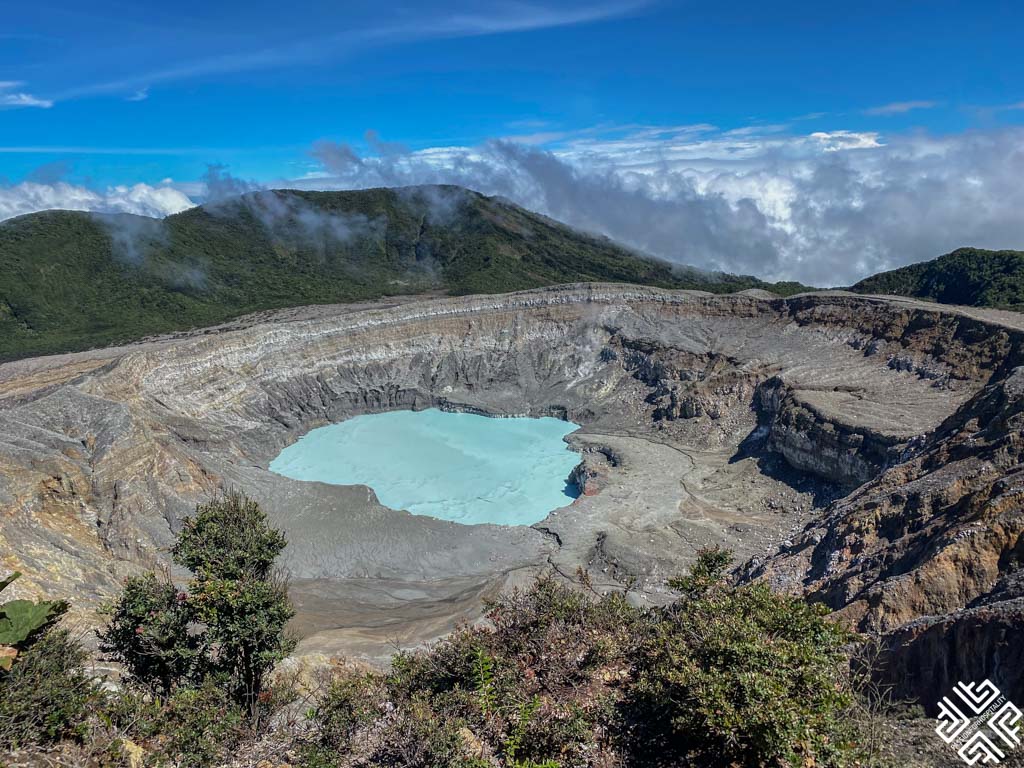
Walk along well-maintained trails to various viewpoints where you can observe the smoking crater and enjoy panoramic views of the surrounding landscape. The park’s unique high-altitude cloud forest is home to diverse flora and fauna, offering an enriching nature experience. Most of the days the visibility here is not very clear but we were so lucky to catch this spectacular view of the volcano. Check out this guided tour from San José: Guided Volcano, Waterfall & Coffee Farm Day Trip
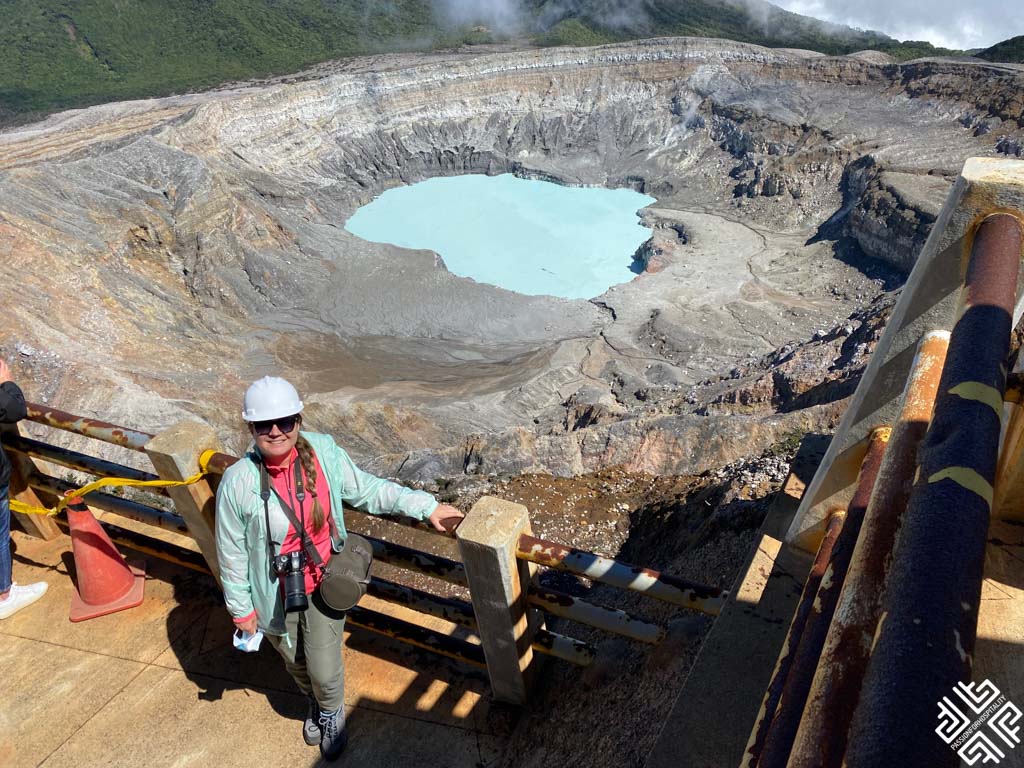
A guided Tour of the Doka Estate
Next we headed to Doka Estate, a renowned coffee plantation located on the fertile slopes of the Alajuela province. Here we enjoyed a guided tour where we learned about the entire coffee production process, from the cultivation of the beans to the brewing of a perfect cup.
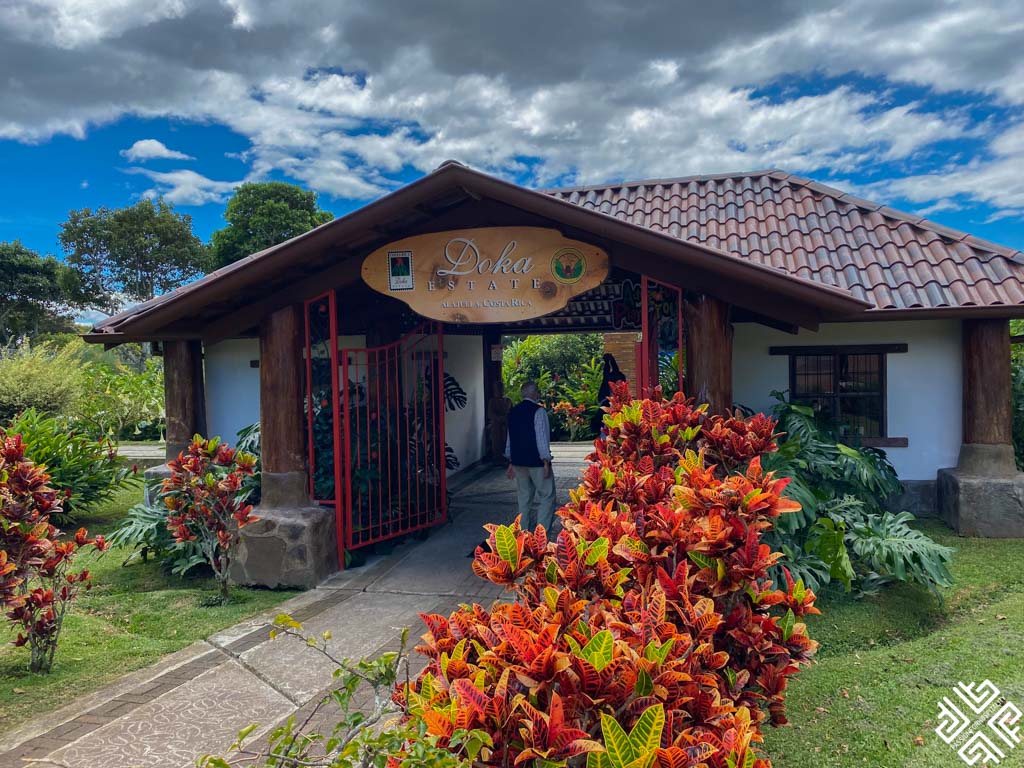
We explored the beautiful plantation grounds, saw the traditional wet mill in operation, and enjoyed a tasting session of some of the finest Costa Rican coffee. The tour provides fascinating insights into the history and culture of coffee growing in Costa Rica.


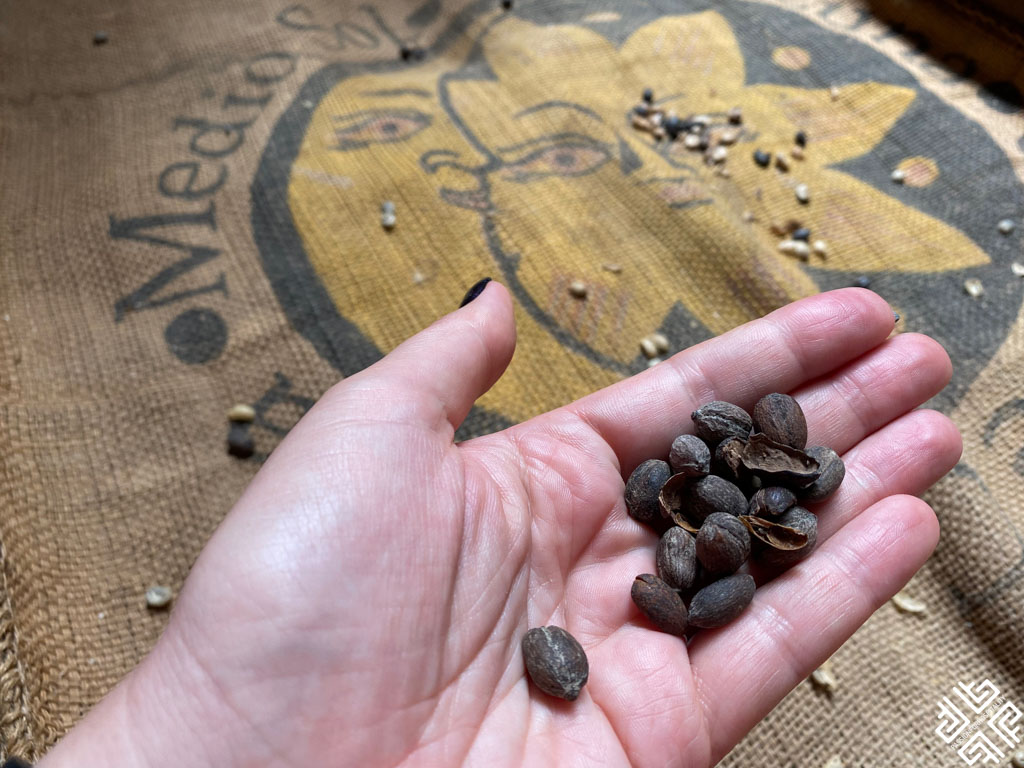

Visit Sarchí: A town known for its vibrant arts and crafts
Conclude your day with a visit to the charming town of Sarchí, famous for its vibrant arts and crafts, particularly the brightly painted ox carts that are a symbol of Costa Rican heritage. Sarchí has a rich history of craftsmanship that dates back to the 19th century. The town gained fame for its elaborately decorated ox carts, which were originally used to transport coffee beans and other goods across the country. These ox carts, or “carretas,” are now a national symbol of Costa Rica’s rural heritage and craftsmanship. In 1988, the traditional painted ox cart was declared a National Symbol of Costa Rican Labor.
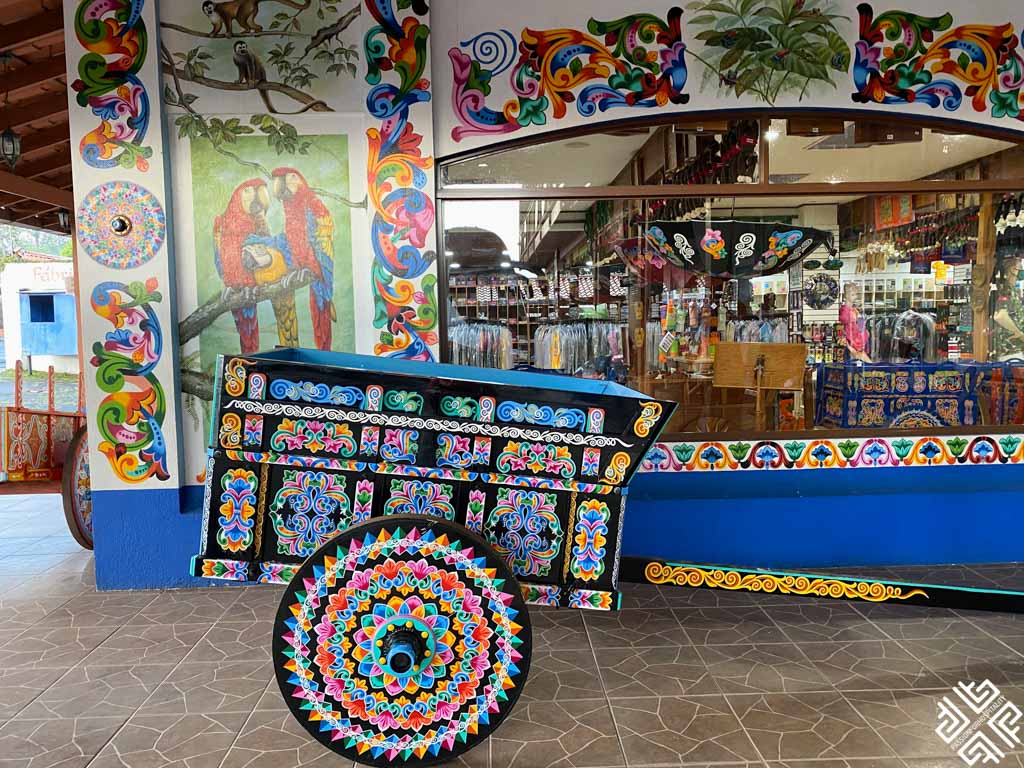
Stroll through the town’s artisan workshops and markets where you can observe skilled craftsmen at work and shop for unique souvenirs, including hand-painted furniture, ceramics, and intricate woodwork. Don’t miss the opportunity to see the world’s largest ox cart, a giant tribute to the town’s craftsmanship.
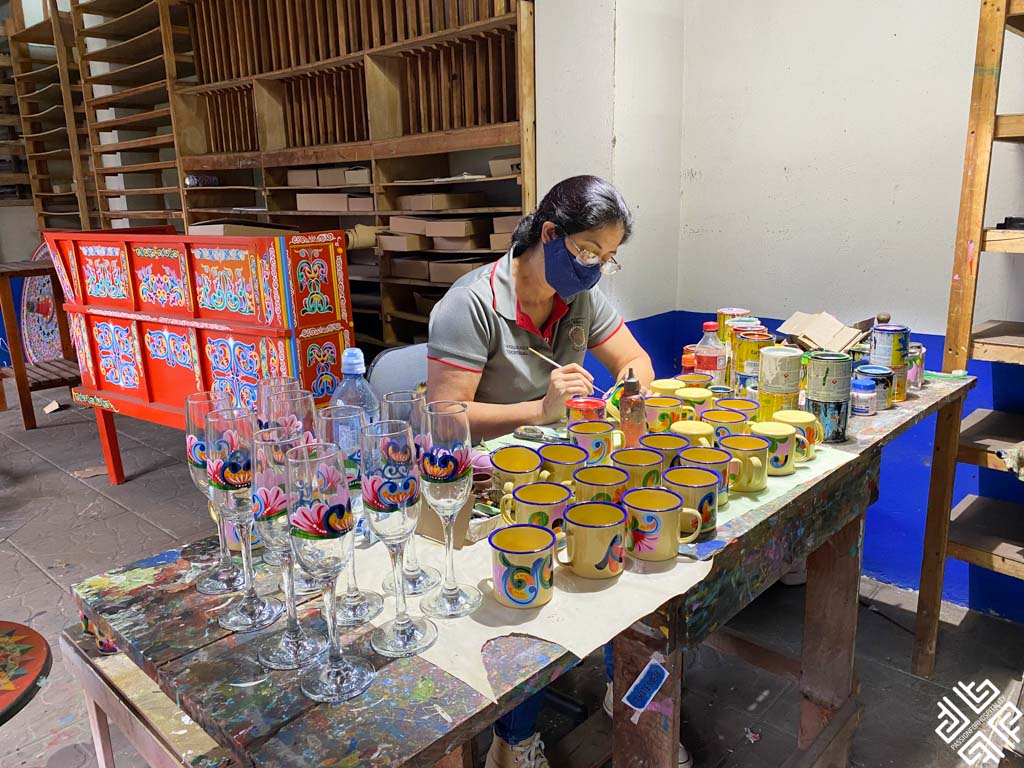
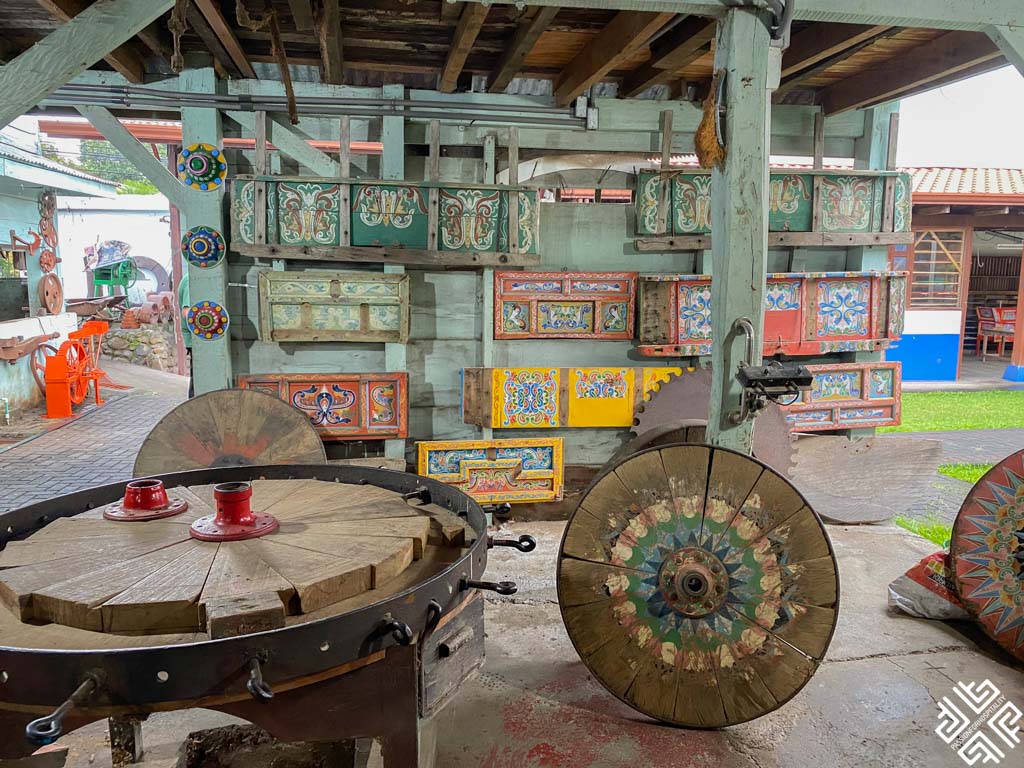
The World’s Largest Ox Cart
One of the main attractions in Sarchí is the world’s largest ox cart, a giant tribute to the town’s craftsmanship. This monumental ox cart, located in the central park, measures over two meters in height and is intricately painted with vibrant colors and traditional patterns. It has been recognized by the Guinness World Records and serves as a symbol of the town’s dedication to preserving its cultural heritage.
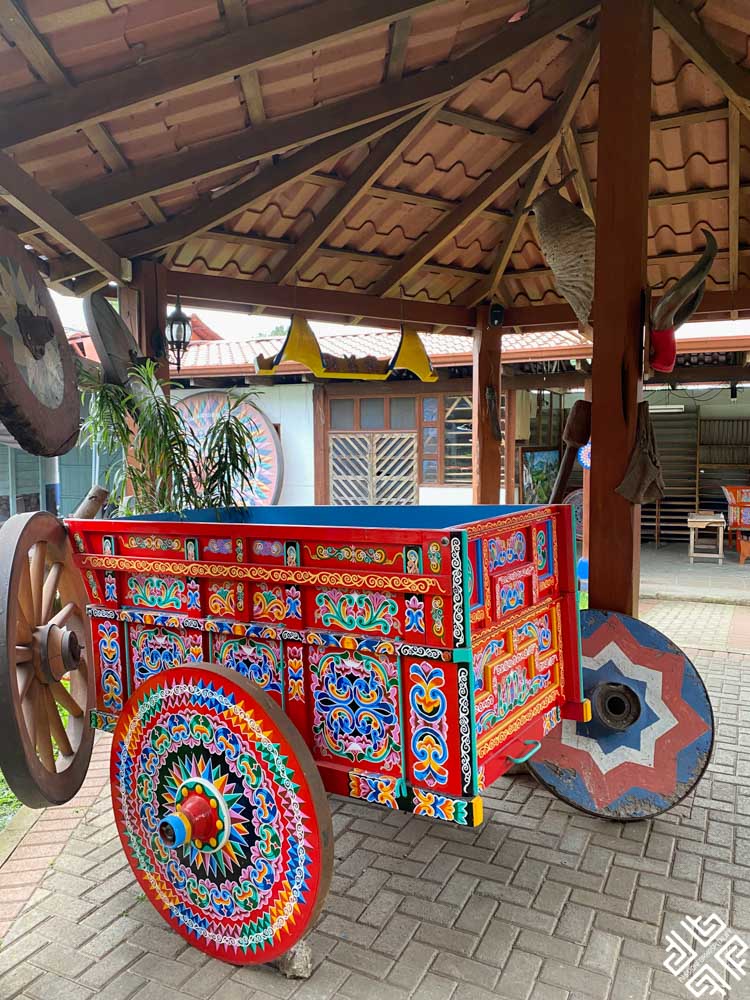
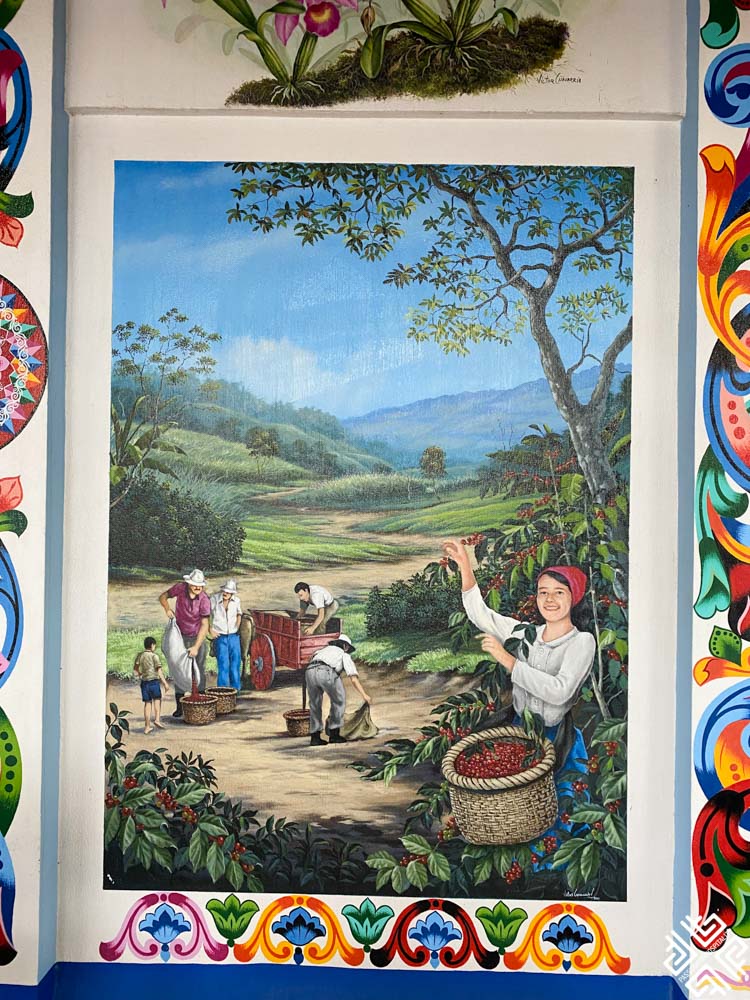
Sarchí’s blend of rich history, vibrant culture, and skilled craftsmanship makes it an essential stop for anyone exploring Costa Rica’s cultural landscape. Whether you’re admiring the colorful ox carts, shopping for unique handmade crafts, or enjoying the town’s warm hospitality, Sarchí offers a memorable glimpse into the heart of Costa Rican artisan traditions.
Some Other Day Trip options from San Jose
San José: Arenal Volcano, Hot Springs, & Zip Lining w/ Meals
Monteverde: Coffee, Chocolate, and Sugar Cane Day Trip
San Jose: Tortuguero Park Day Tour with Breakfast & Lunch
Day 10 of 10-Day Costa Rica Itinerary: Explore San Jose
On your final day, immerse yourself in the cultural and historical richness of Costa Rica’s capital, San Jose (Check out our post on 22 Trip Defining Activities To Do In San Jose, Costa Rica). Begin your exploration with a visit to the National Theatre, an architectural gem and a symbol of Costa Rican heritage.

This opulent building, adorned with intricate details and grand interiors, offers guided tours that provide insights into its history and significance. Next, delve into the country’s ancient past at the Gold Museum, home to an impressive collection of pre-Columbian artifacts that reveal the artistry and craftsmanship of Costa Rica’s indigenous cultures. You might like to book this Private Customised Walking Tour with a Local Guide
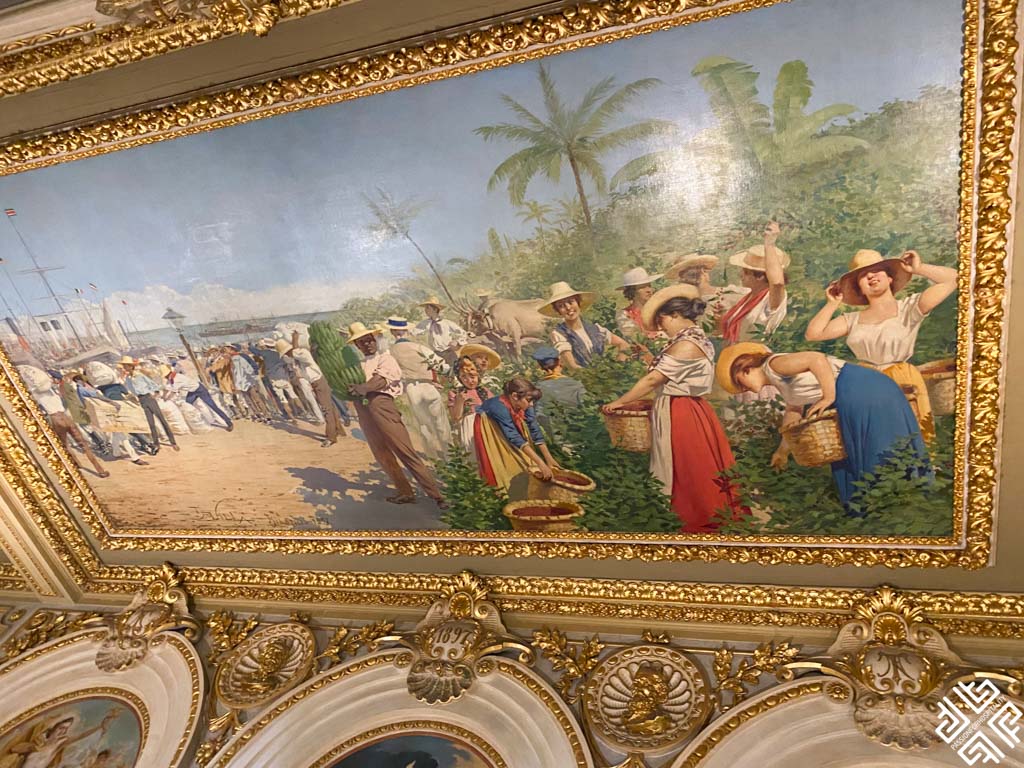

After soaking in the city’s cultural highlights, head to Mercado Central, the bustling heart of San Jose’s daily life. Wander through the vibrant stalls, sampling traditional foods such as gallo pinto (a rice and beans dish) and casado (a hearty plate featuring rice, beans, plantains, salad, and a choice of meat). The market is also a great place to pick up souvenirs, including local crafts and fresh produce, giving you a true taste of Costa Rican life. You might like to book this San Jose: Central Market Bites and Sights Walking Tour. This day of cultural immersion and local flavors ensures a memorable end to your Costa Rican adventure.
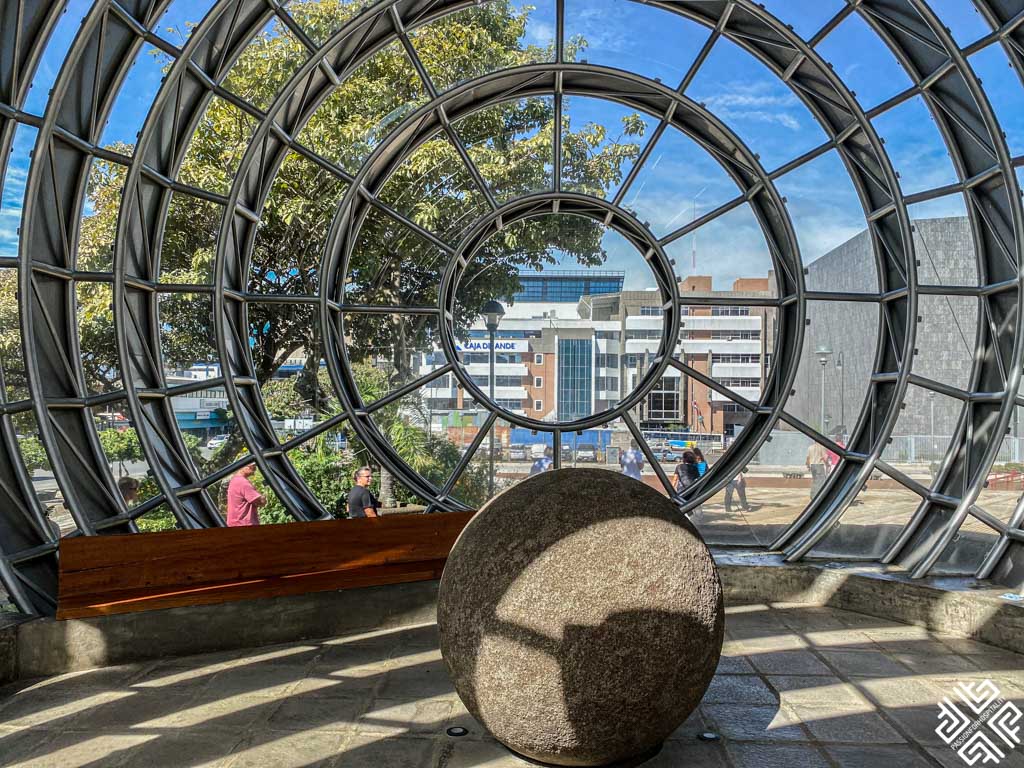
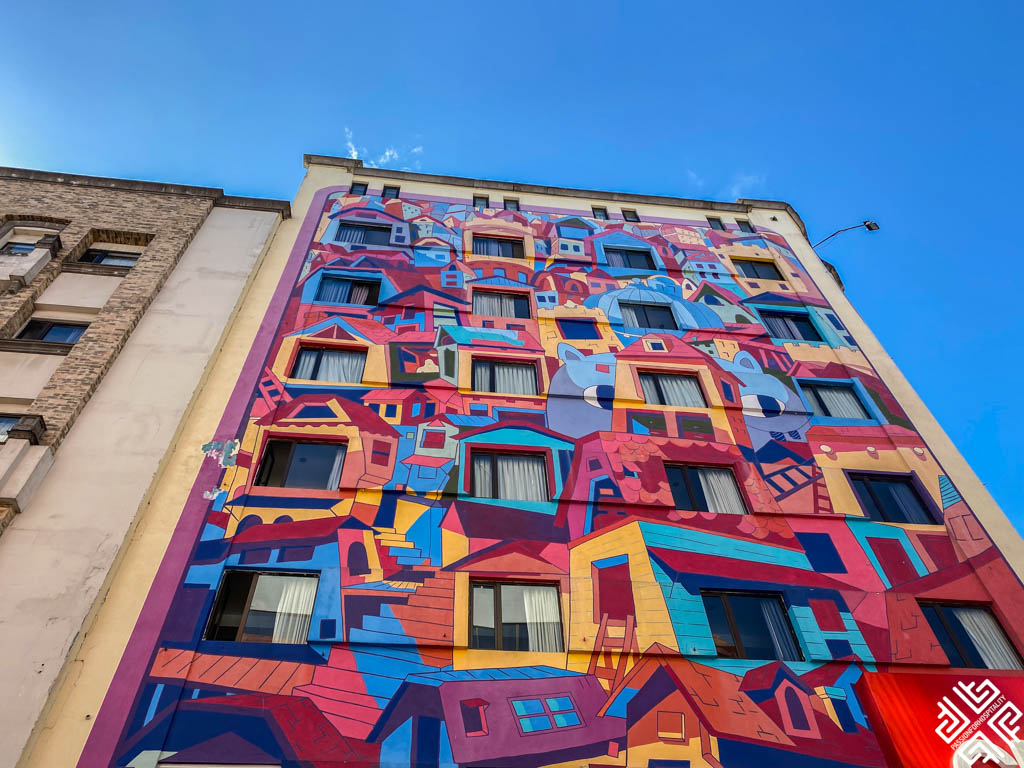
This 10-day Costa Rica travel itinerary offers a perfect mix of relaxation, adventure, and cultural experiences. From the serene beaches of Puerto Viejo to the vibrant city life of San Jose, each day is packed with unforgettable moments. Costa Rica’s diverse landscapes and warm hospitality will leave you with memories to cherish for a lifetime. Safe travels!
PIN FOR LATER



